Today, there’s a special price for Nepal.
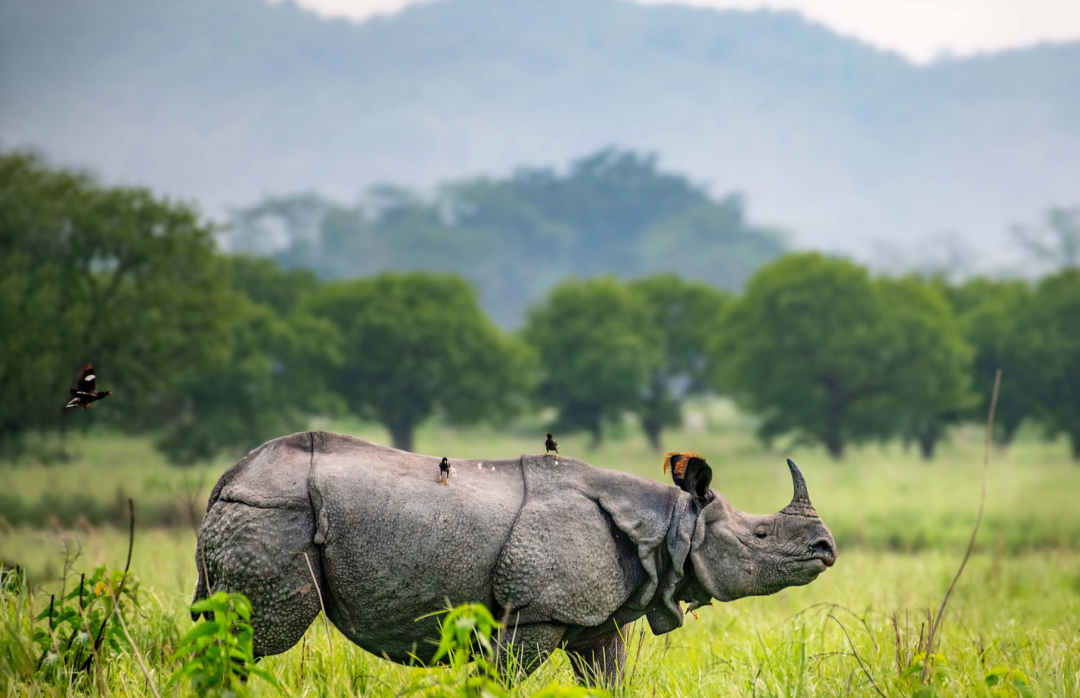
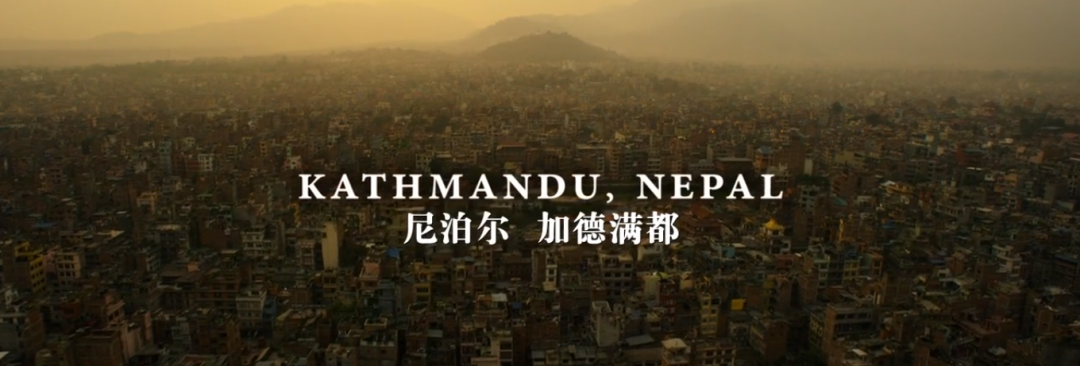

Nepal is known as the “Land of the Gods,” a treasure trove that cultural enthusiasts should not miss; it boasts eight mountains that are over 8000 meters, making it the “Country of Snowy Mountains” and a paradise for outdoor enthusiasts.
In addition to “Gods” and “Snowy Mountains,” Nepal is home to Pokhara, often called “Little Switzerland of the East,” with its calm lakes and stunning mountains that make visitors feel unmoored. Chitwan National Park is an astounding world of wildlife where you can encounter one-horned Indian rhinoceroses, tigers, leopards, and wild elephants, making any meeting with these majestic animals a delightful surprise!

By the way, Nepal is also where Doctor Strange learned his craft.
Here are the product details:
An 8-day free trip from Shanghai to Kathmandu, including round-trip flights and one night at the Hyatt Place hotel (including breakfast), priced at 3999 yuan per person.

Available from April to December, departing every Saturday. The trip spans 8 days (an extra 200 during Qingming Festival, Labor Day, Dragon Boat Festival, and summer vacation; an extra 400 during National Day, Christmas, and New Year).
Operated by Himalayan Airlines, the flight schedule is as follows:

Outbound flight, H9781, PVG-KTM, 1715-2110
Return flight, H9780, KTM-PVG, 0920-1600
This is a commercial flight with a decent schedule.
The hotel is the Hyatt Place Kathmandu (including breakfast). If you need to extend your stay, it’s an additional 799 yuan per night (including breakfast).

1 Purchase code: 67¥ CZ0000 9vf8Wj4LHfu¥ https://m.tb.cn/h.5rCahTU/
This product can be canceled with a full refund, expired, or anytime if certain conditions are met. Also, you can use AliPay for purchases without having to pay back immediately, making it a good option for everyone.
Available for sale!

Additionally, flights from Shanghai to Long Beach have been restocked, and flights from Nanjing to Long Beach have been added. I will post more about that.
Shanghai to Long Beach (Cadiz) includes round-trip flights for 5-6 days + 2 nights hotel + transfers + departure tax, priced at 2499 yuan per person.
Nanjing to Long Beach (Cadiz) includes round-trip flights for 5-6 days + 2 nights hotel + transfers + departure tax, priced at 2699 yuan per person.
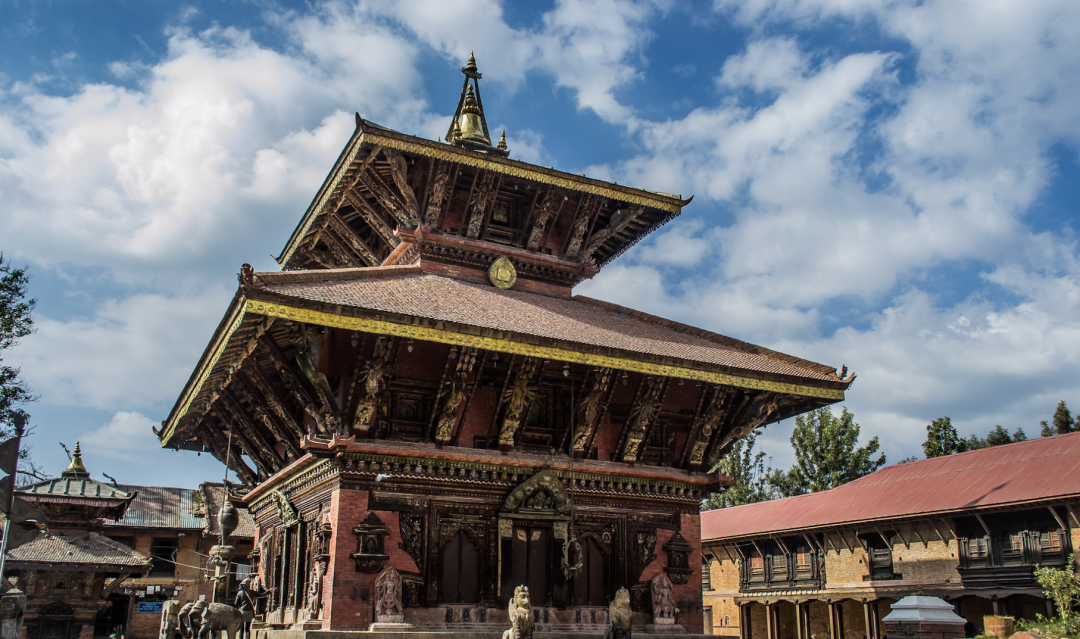
Multiple dates are available in February and March, and group visas can be arranged.
Minimum booking for two people sharing a room.

1 Purchase code: 17¥ CZ0001 l5YbWj4x5ku¥ https://m.tb.cn/h.5IkYMcq/
Available for sale!
The Shanghai flight is restocked, and the Nanjing direct flight is newly added. The price for Long Beach is decent and worth grabbing.
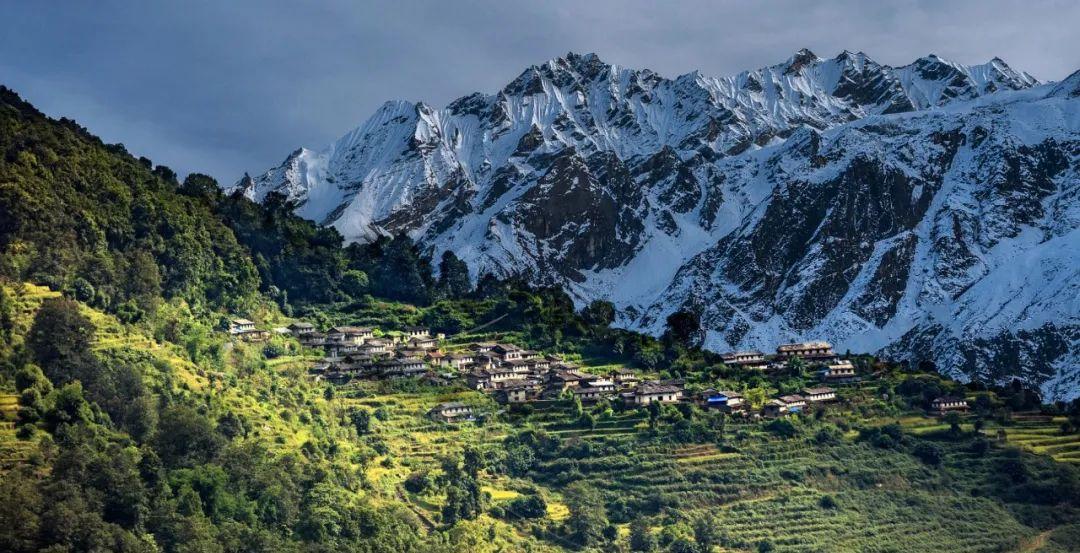
Next, I’ll explain this product in detail.
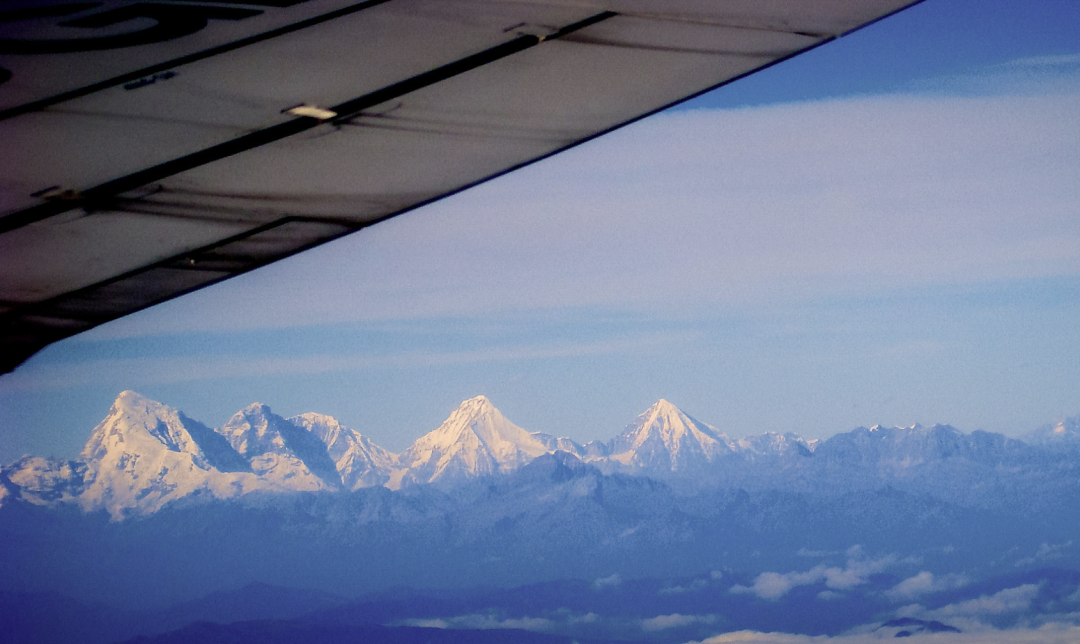
I think this price is very reasonable.
You can search for flights; a round-trip flight from Hangzhou/Shanghai to Lhasa costs over 3000 yuan. This is during the off-peak season. If it’s during peak season in July-August or holidays, the price is even higher.

To reach Nepal, one must cross Tibet, which is further and takes longer.
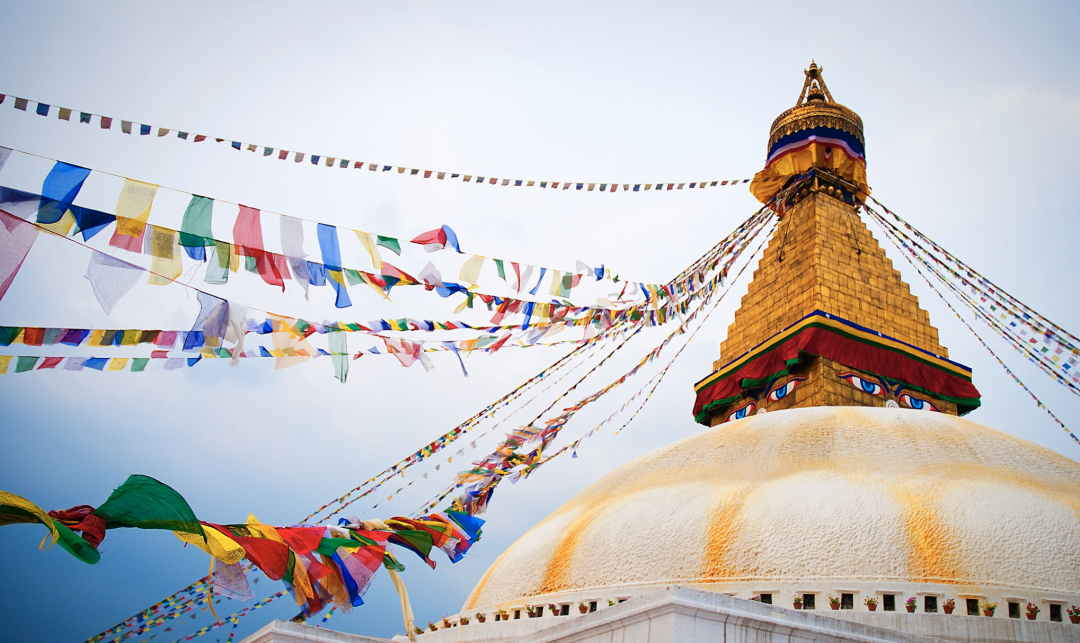
Most flights are priced above 5k+.
There are only a few cities in the country with direct flights to Kathmandu. In Shanghai and East China, there’s only this one flight.
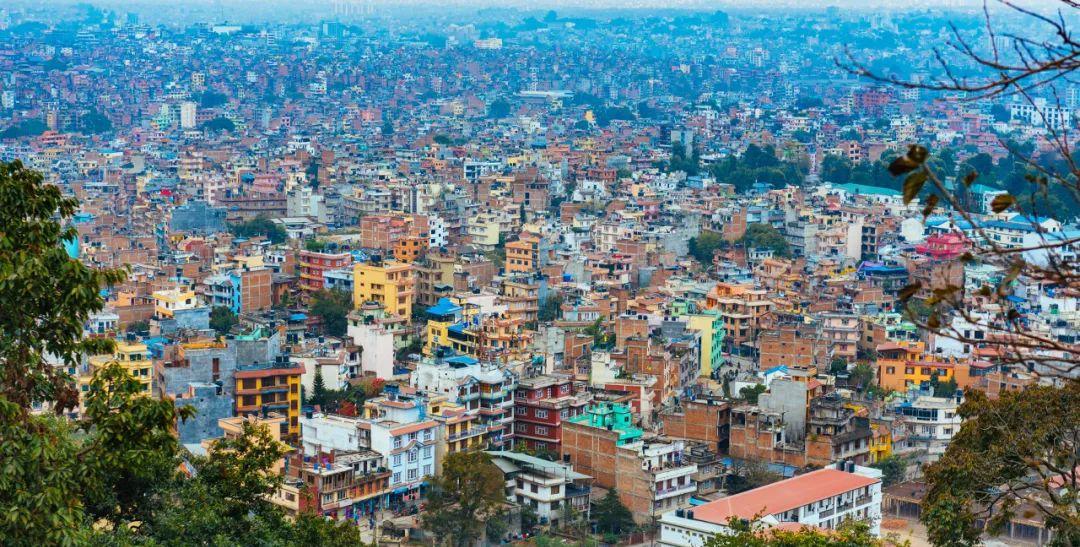
Just think about it, during the May Day, summer vacation, and National Day, round-trip flights to Tibet will most likely be more expensive than 3999 yuan.
Moreover, even if you think about it, this flight can be cancelled with a full refund, so please check flights before booking. If there’s a cheaper option, feel free to cancel and exchange it for a flight.
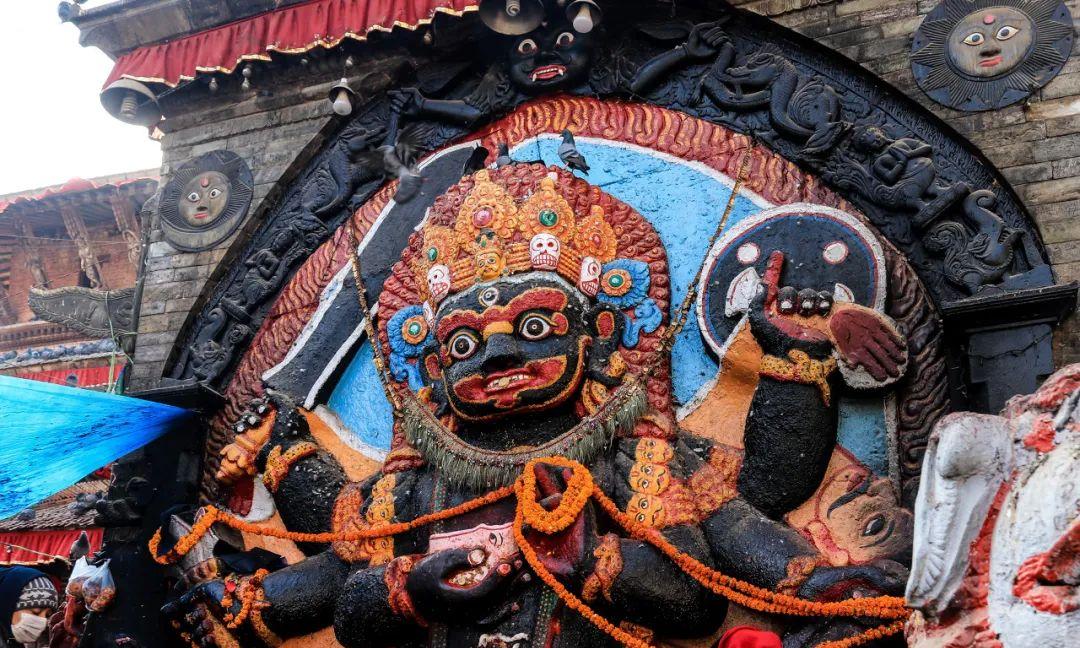
This package can be purchased using AliPay, which utilizes your credit line with no losses.
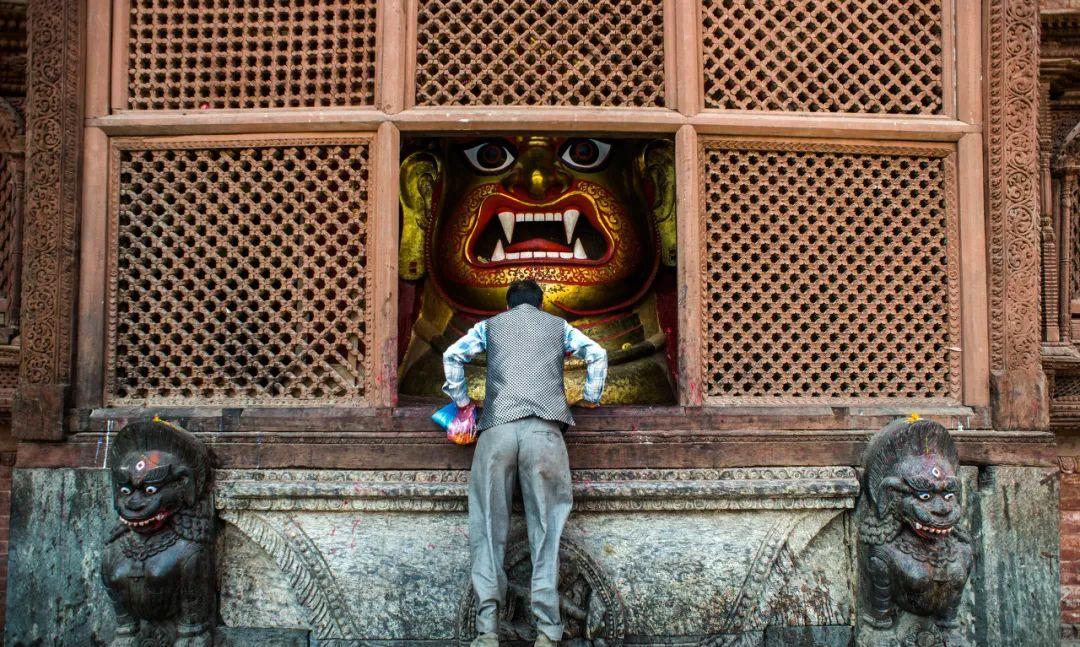
Holding on to 3999 gives you the hope of traveling during summer vacation or holidays.
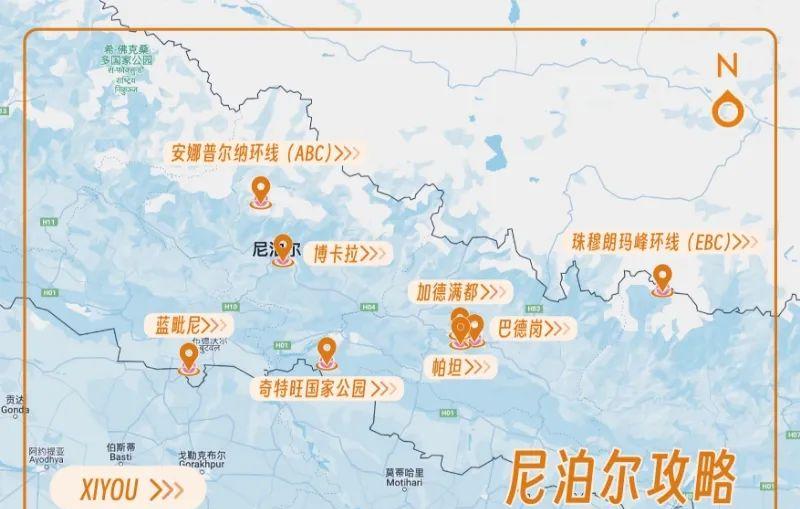
The airline is Himalayan Airlines, a Sino-Nepal joint venture airline, with China holding a major share.
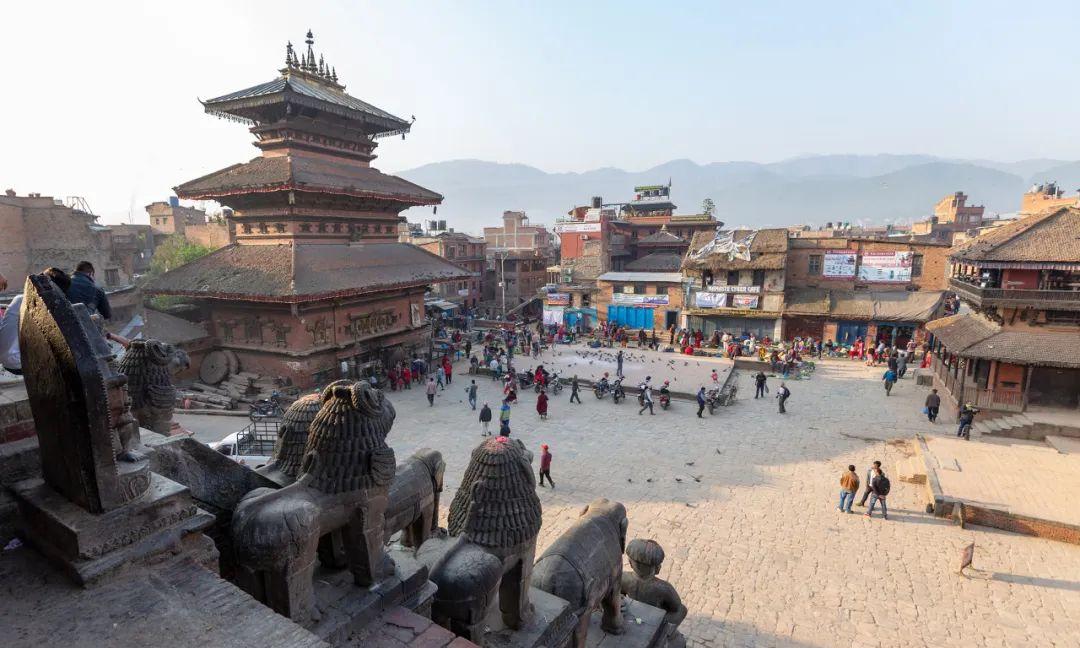
One advantage of this flight is that you can see the Himalayas from the plane. Remember to sit on the right side by the window for the outbound flight and the left side for the return flight.
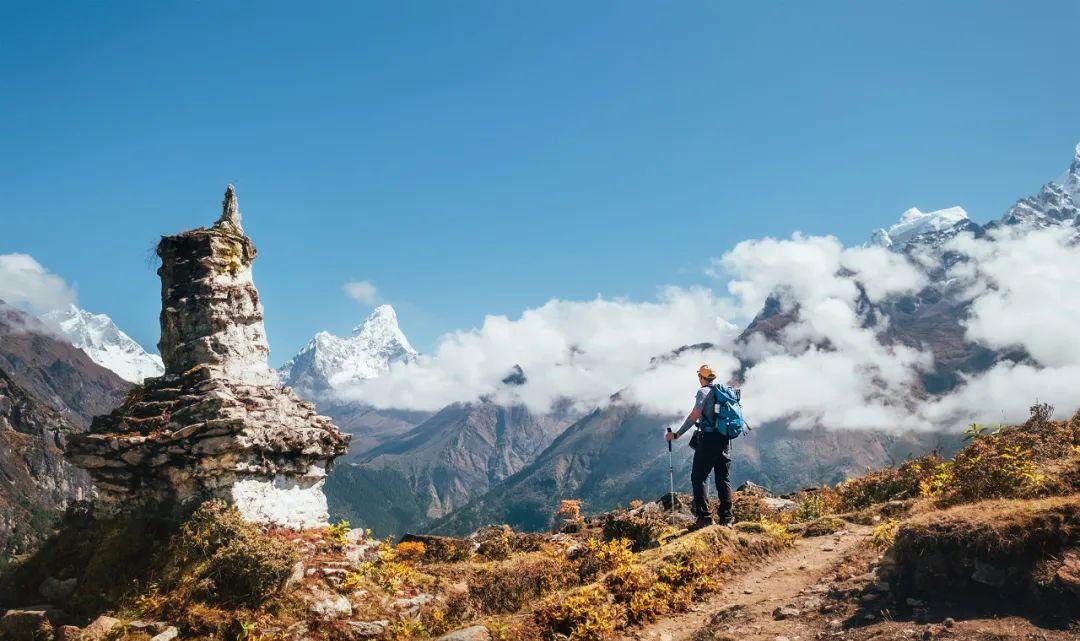
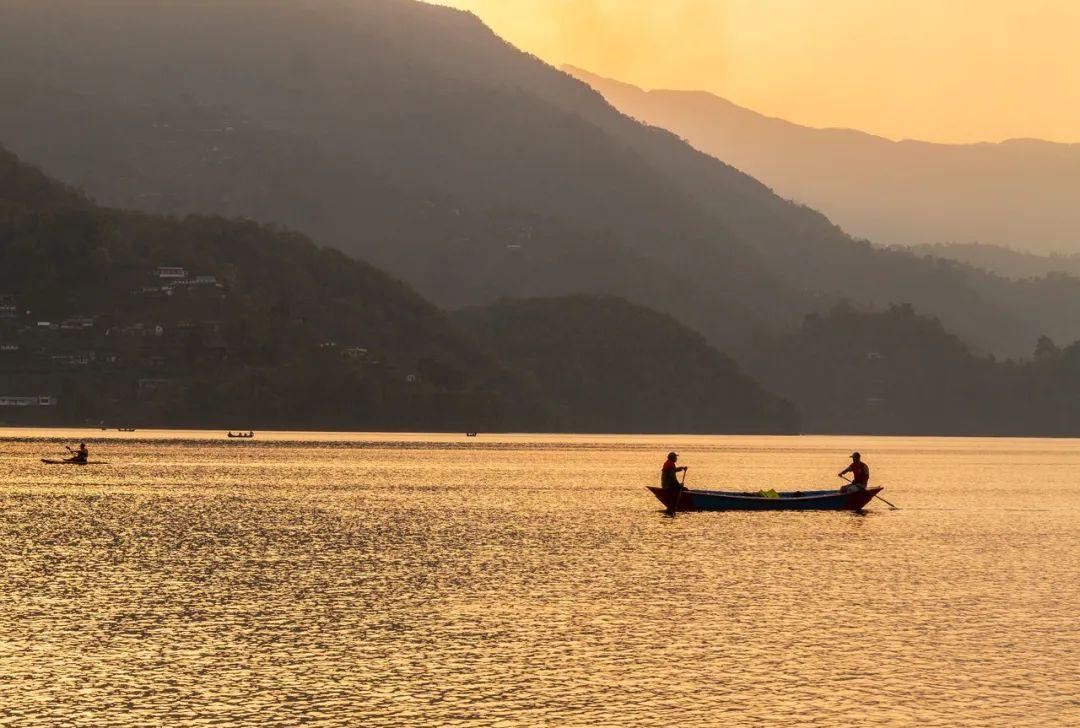
The Hyatt Place Kathmandu is about 800 yuan per night.
Overall, there aren’t many good hotels in Kathmandu, Nepal, and Hyatt Place is considered quite satisfactory. Of course, using Hyatt points can provide even better value (5000 points for redemption).
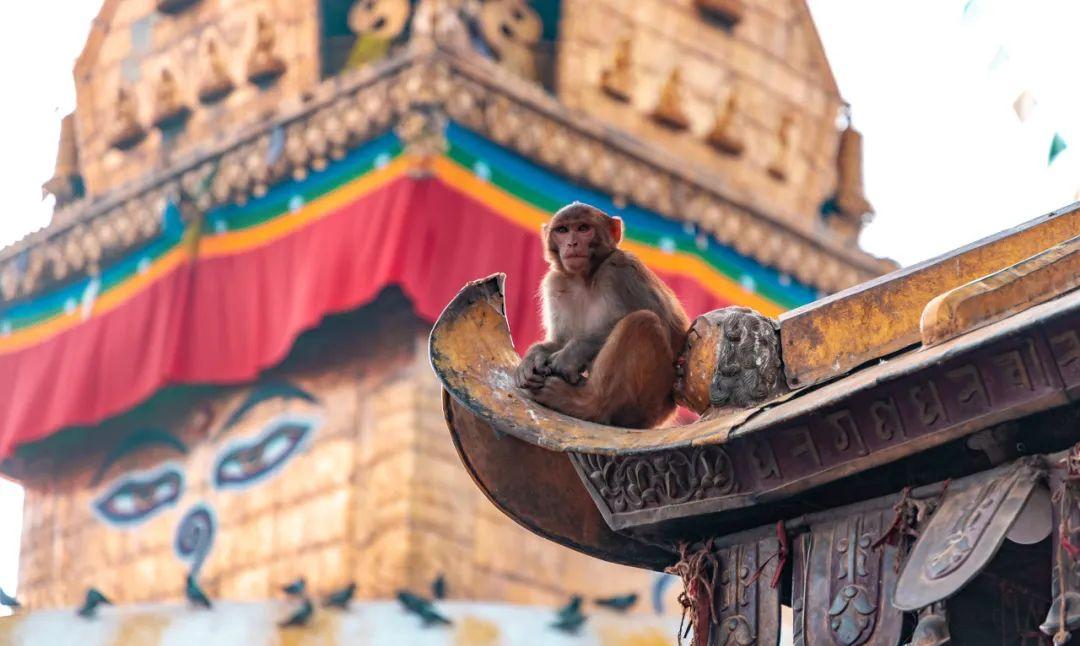
Next, let’s look at travel tips for Nepal.
At Fun Travel, we write with a “both-and” approach. Not only do good products matter, but good travel tips are equally important.
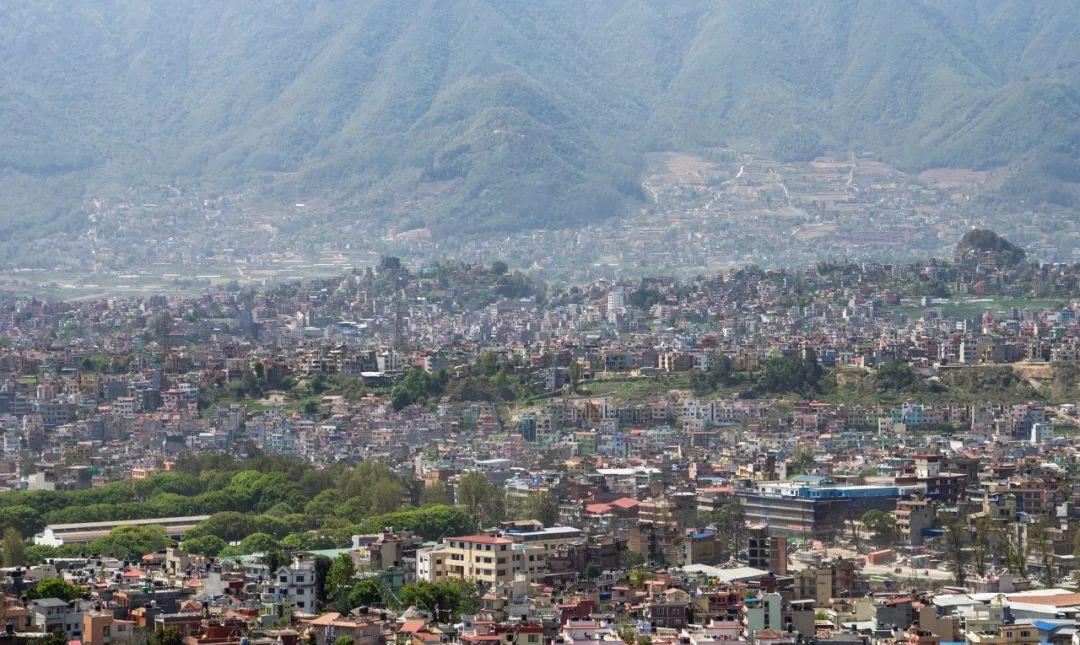
Nepal is definitely not a traditional tourist destination.
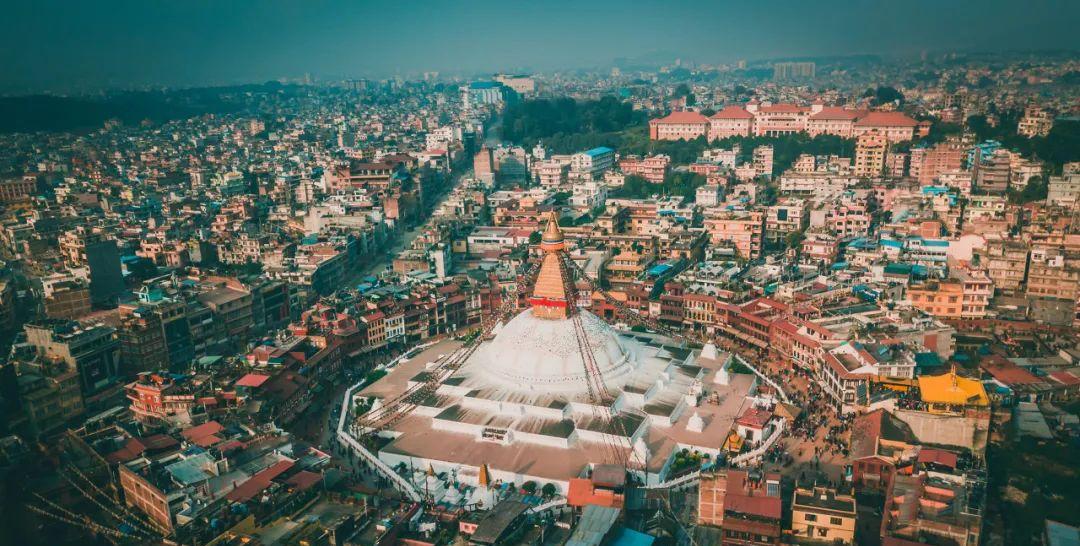
With outbound travel recently resuming, I had a friend who spent two days in Nepal and complained to me, “Every day was so dusty and dirty; I couldn’t stand it!” After venting, however, they couldn’t help but admit, “But the architecture here is beautiful, with so many religious ceremonies; it was really fun!”
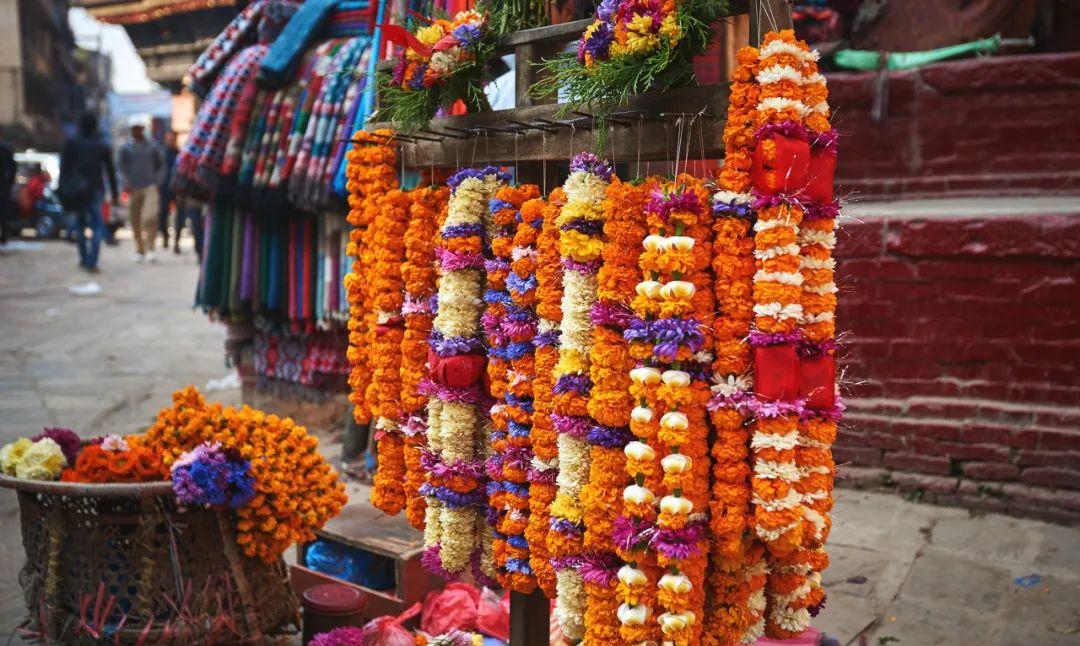
Indeed, Nepal has this dichotomy.
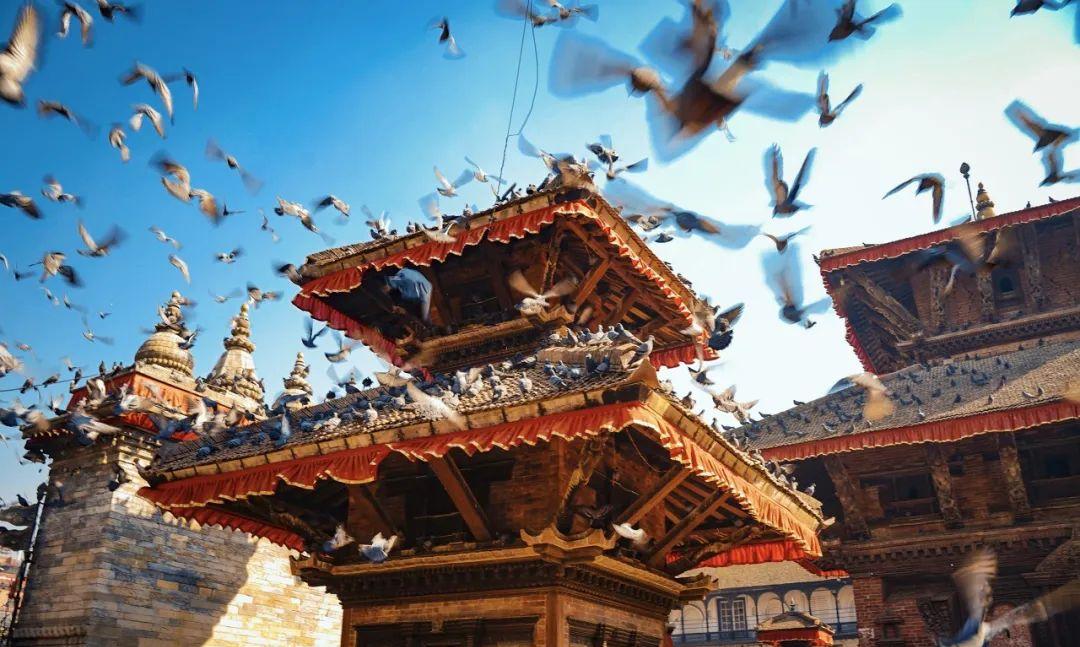
In my view, Nepal is a place that introduces a “culture shock.”
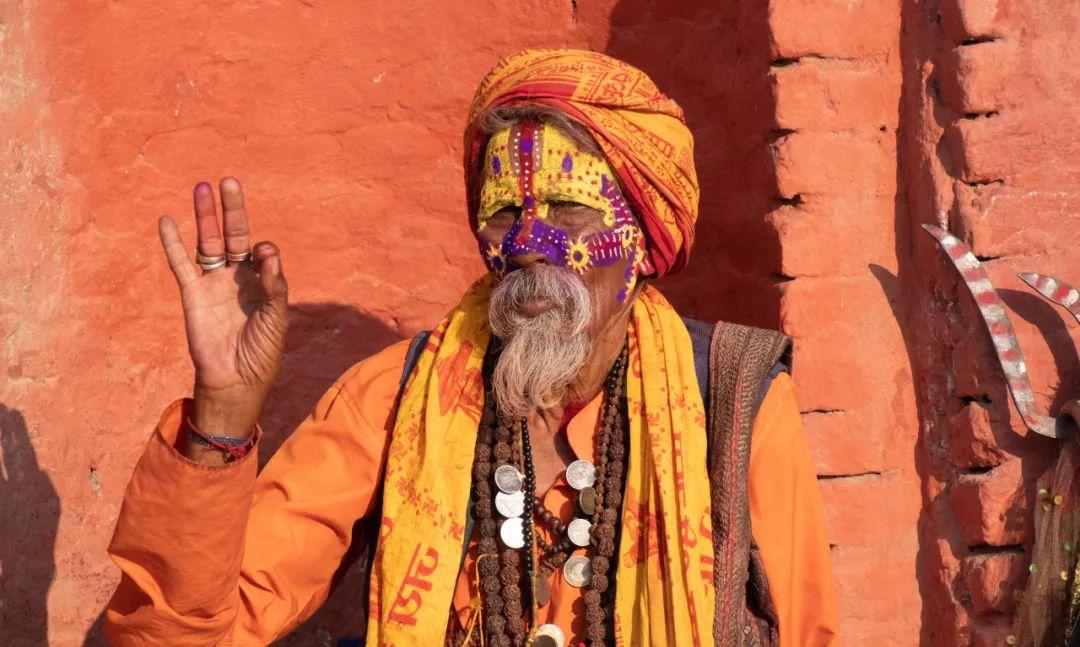
I vividly remember one scene I witnessed in Nepal when a kind local took me to see a wedding ceremony. During the middle of the wedding, another procession for a funeral walked past. I was stunned, but the local people seemed completely unfazed.
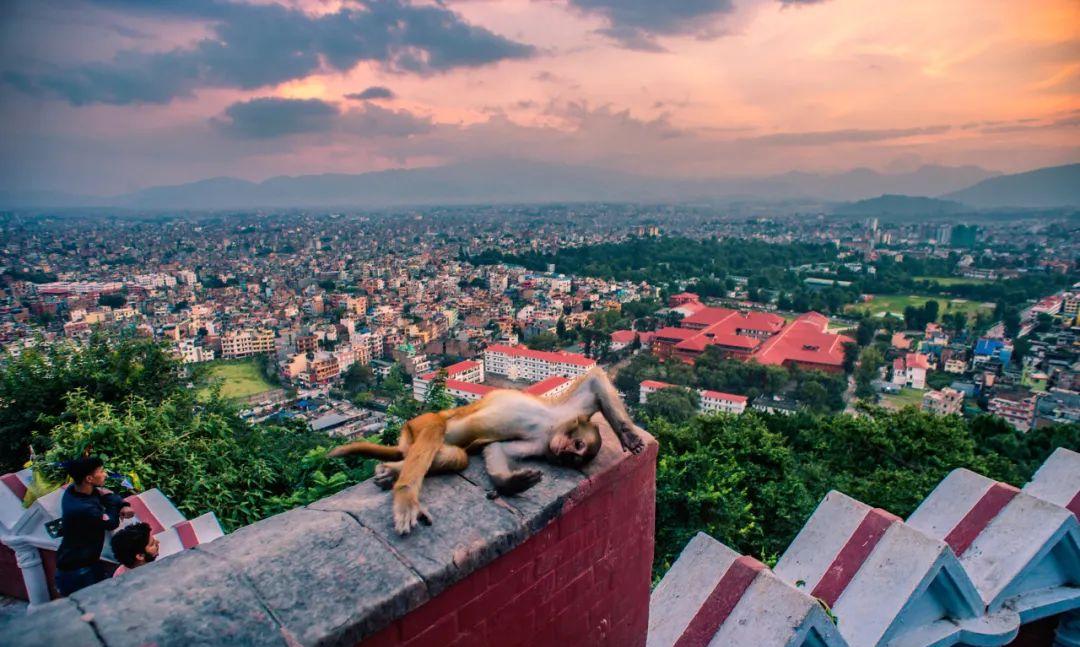
All around the city, you see various temples of different sizes, with Hindu and Buddhist deities that are peaceful, serious, or fierce watching over the streets. People naturally pay their respects as they pass. For someone like me, who is used to “atheism,” having this daily interaction with deities is particularly fascinating.
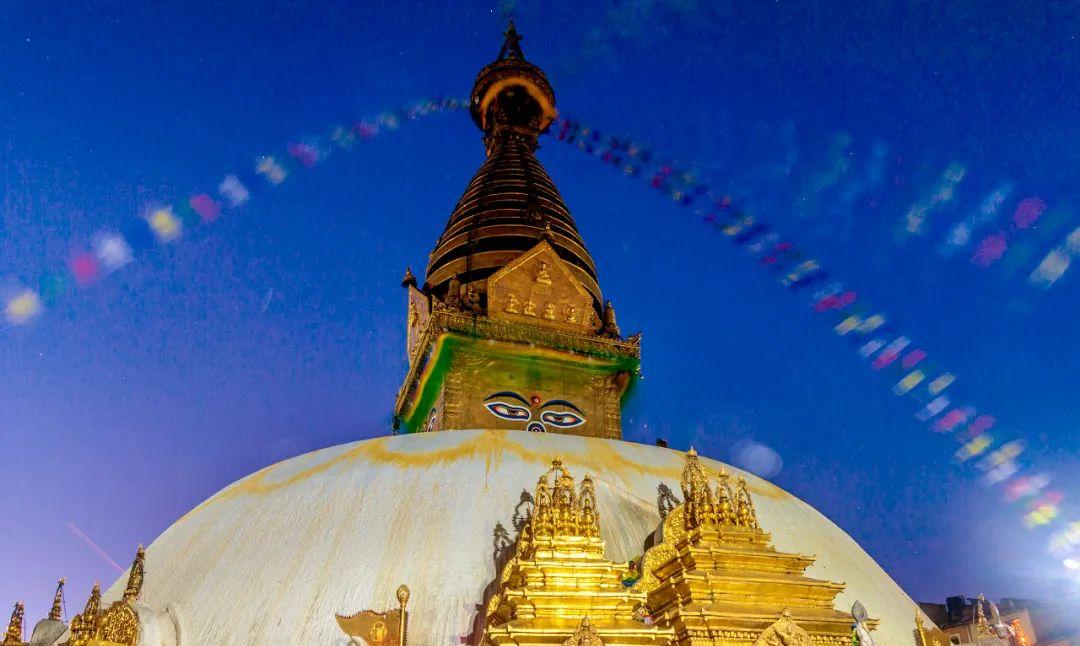
Alright, I won’t ramble on. I’ll share a map of Nepal for you, so let’s see how to enjoy this beautiful place.
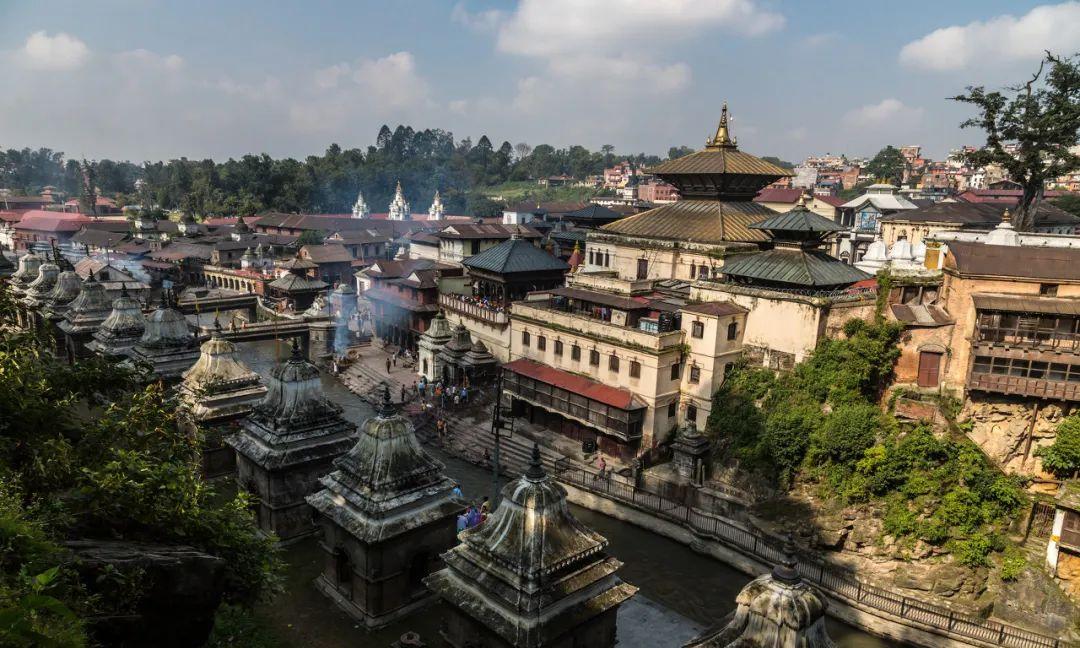
The ways to explore Nepal can be divided into three categories:
If you’re interested in culture, spending more time in the Kathmandu Valley is essential. This area is listed as a UNESCO World Heritage site, packed with ancient towns, temples, and a plethora of rich historical sites.
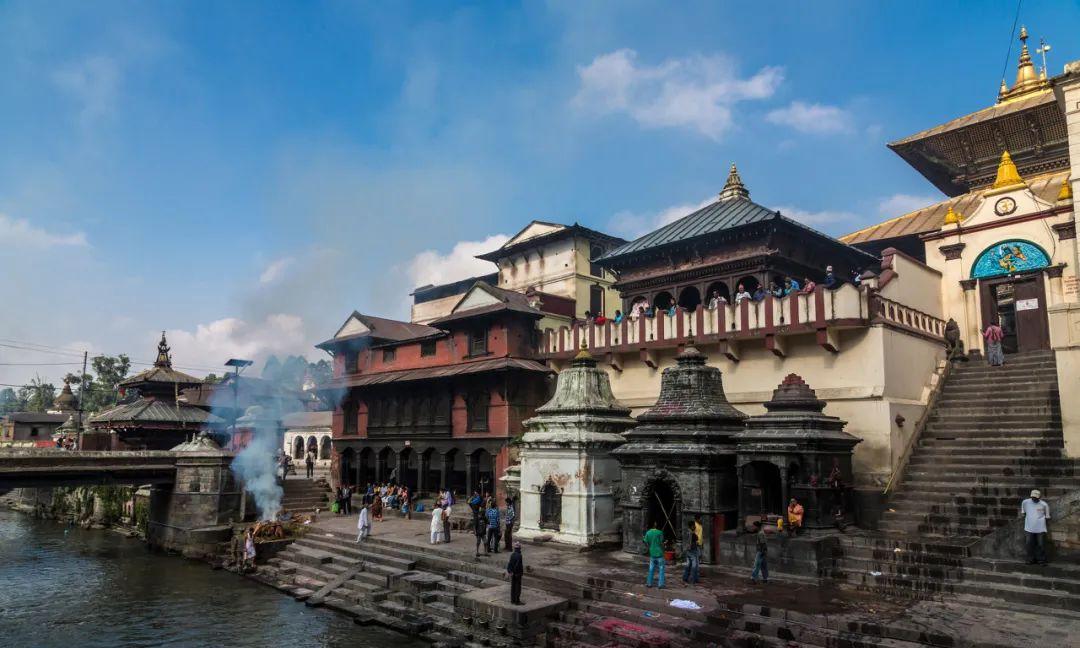
For outdoor enthusiasts, the Annapurna Circuit and the Everest Base Camp trek are two world-class hiking routes suitable for both beginners and seasoned trekkers.
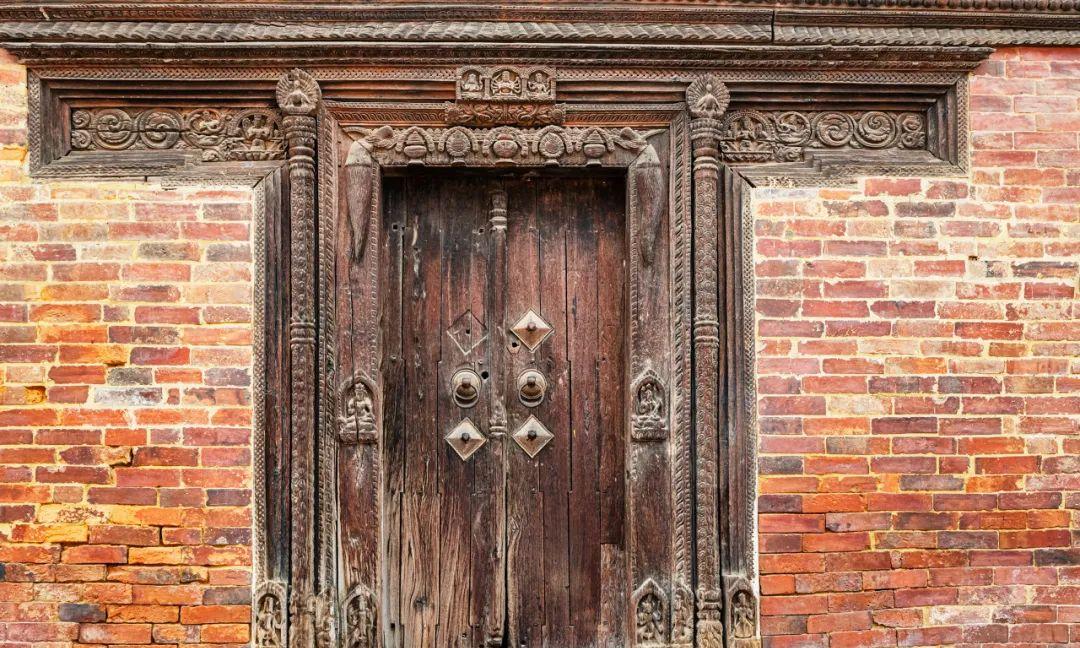
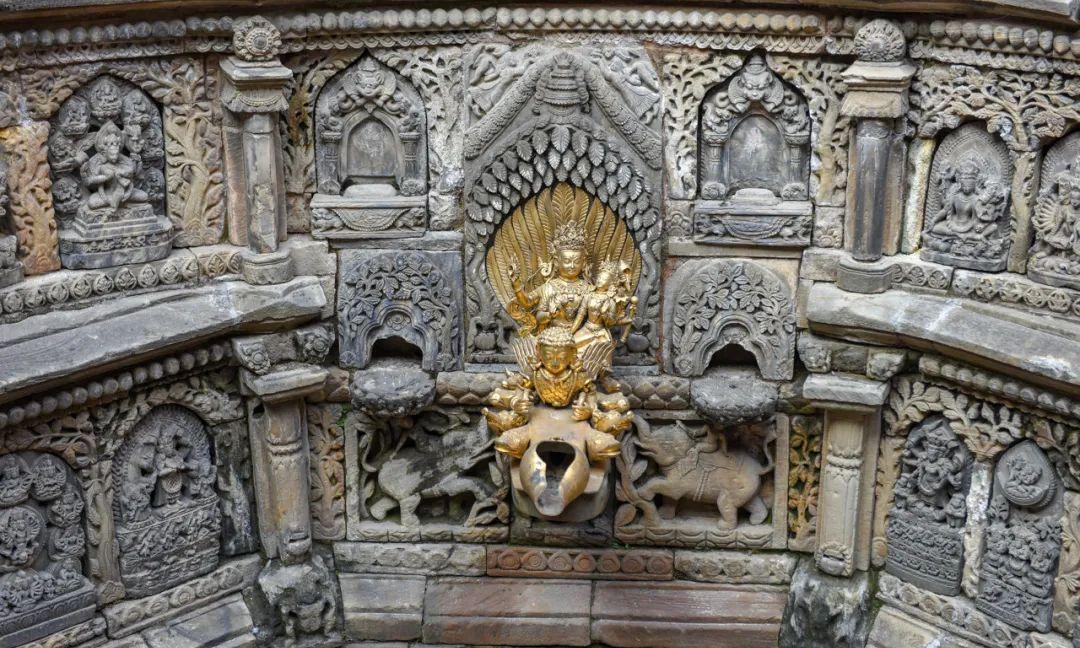
If all you want is a relaxing vacation, you can enjoy the vacation vibe in Pokhara and Chitwan National Park.
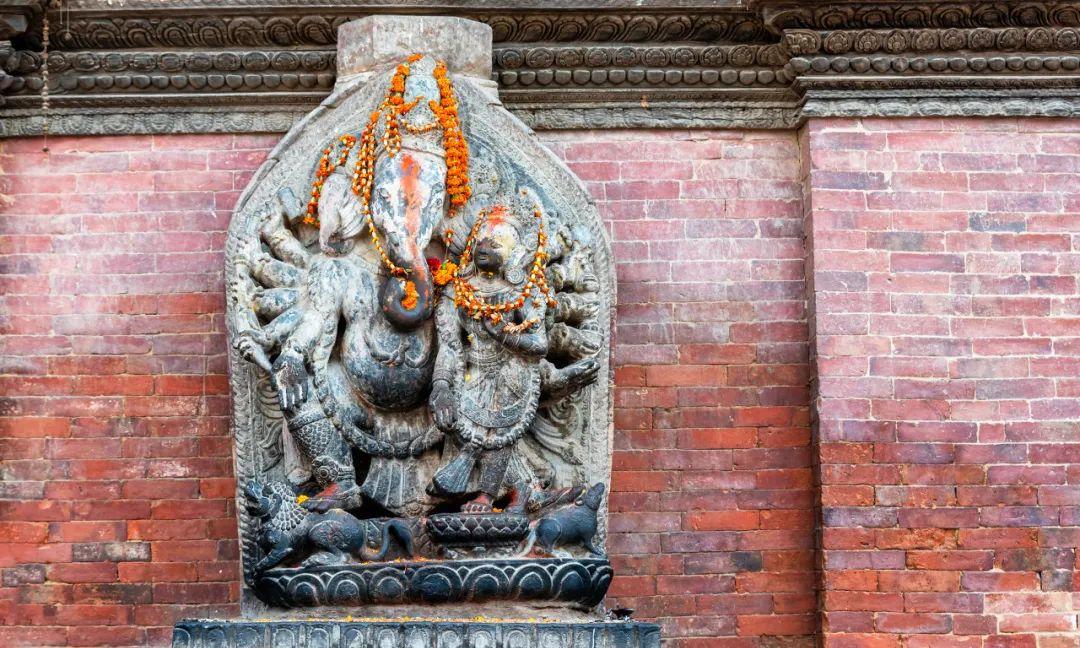
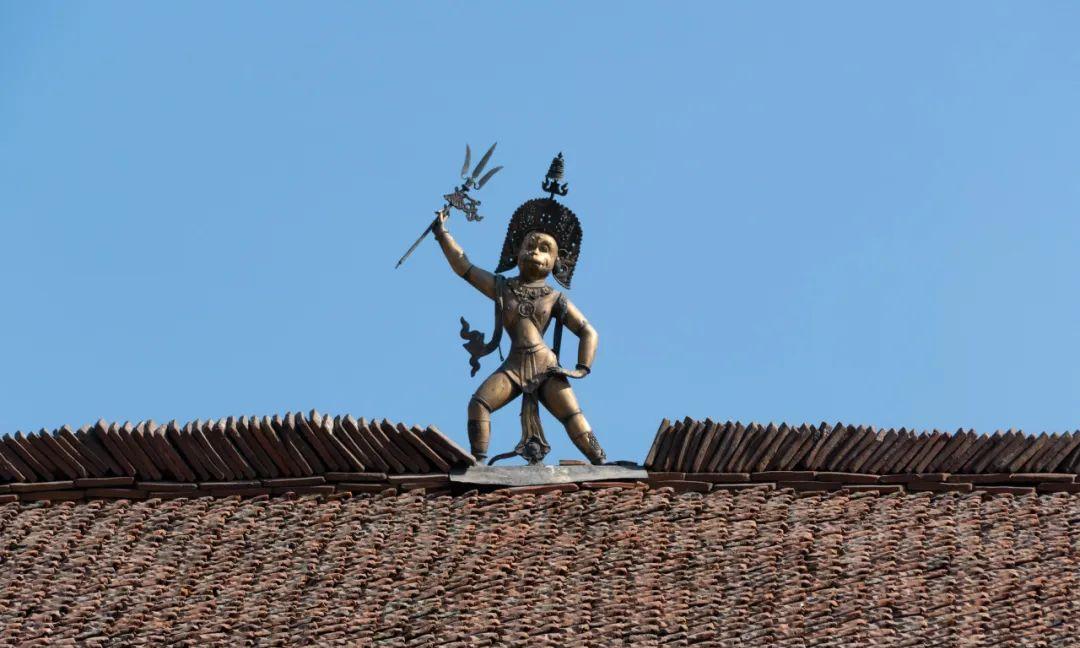
The Land of Gods
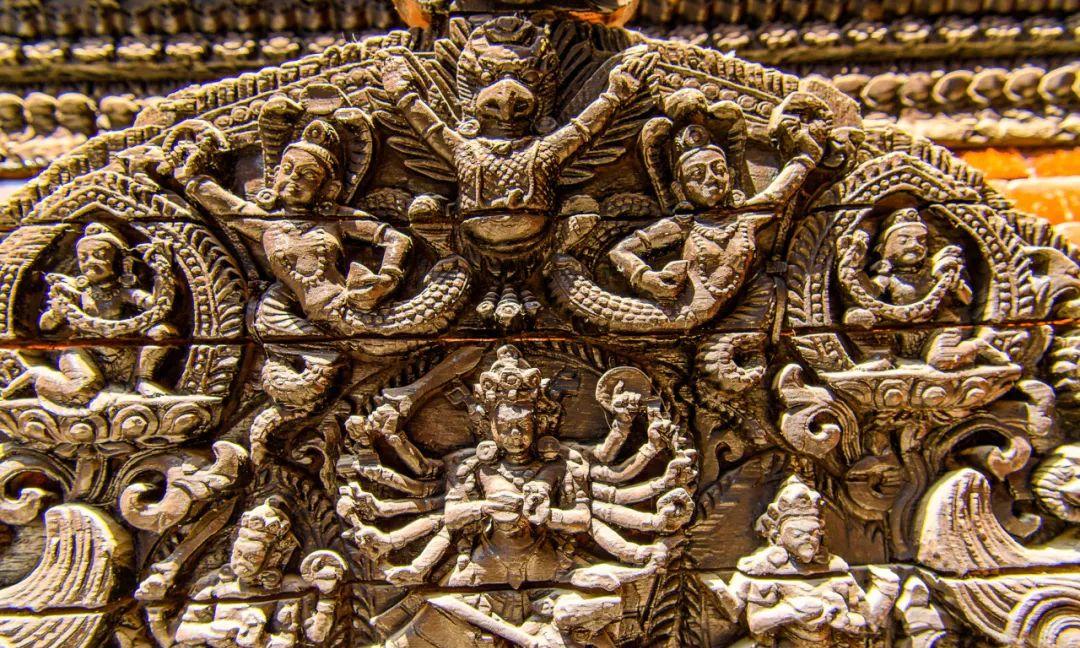
If you look at a world map, you will find Nepal sandwiched between India and Tibet, China.
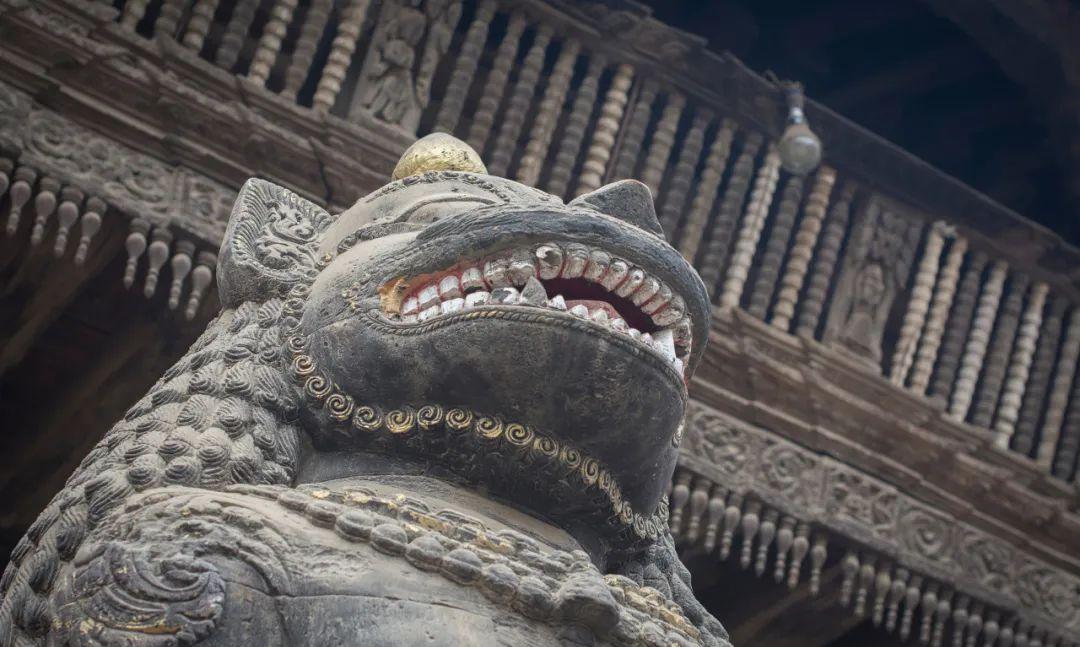
Nepal’s geographical position contributes to its complex and rich system of deities. As a place where Buddhism and Hinduism converge, these two major religions coexist peacefully, with people constructing various magnificent religious buildings.
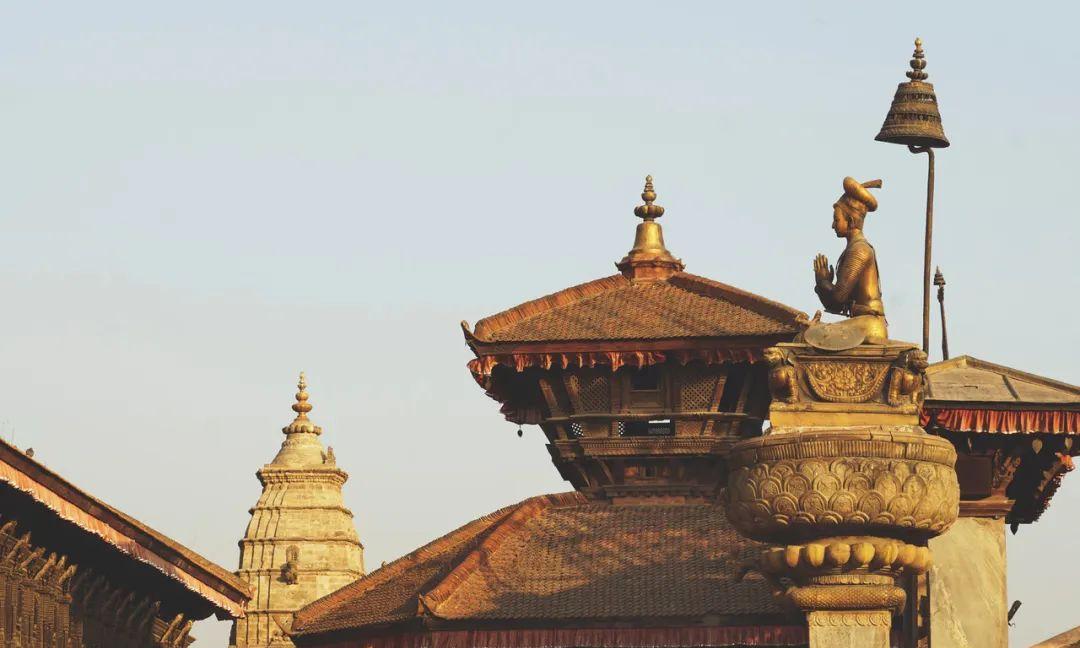
The Kathmandu Valley, as the “culmination” of Nepalese architecture, is recognized as a UNESCO World Heritage site.
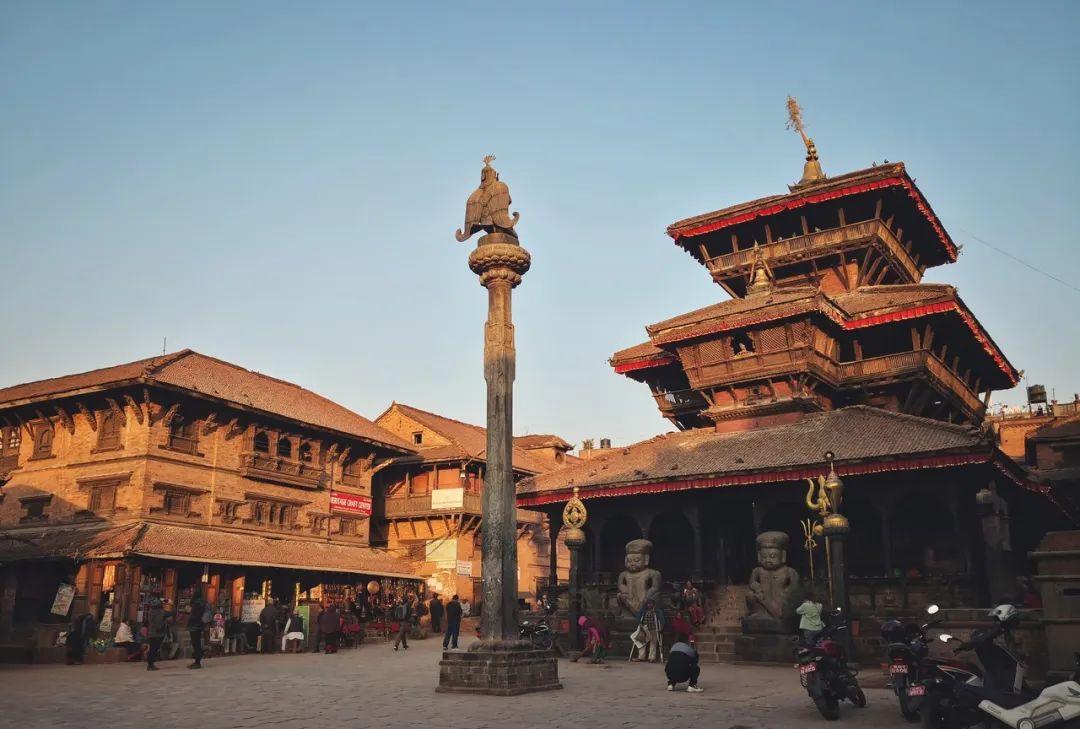
The valley, with Kathmandu, Patan, and Bhaktapur at its heart, boasts a multitude of religious structures and palace architecture. Meanwhile, Kathmandu serves as the main gateway to Nepal, a must-visit stop for any traveler.
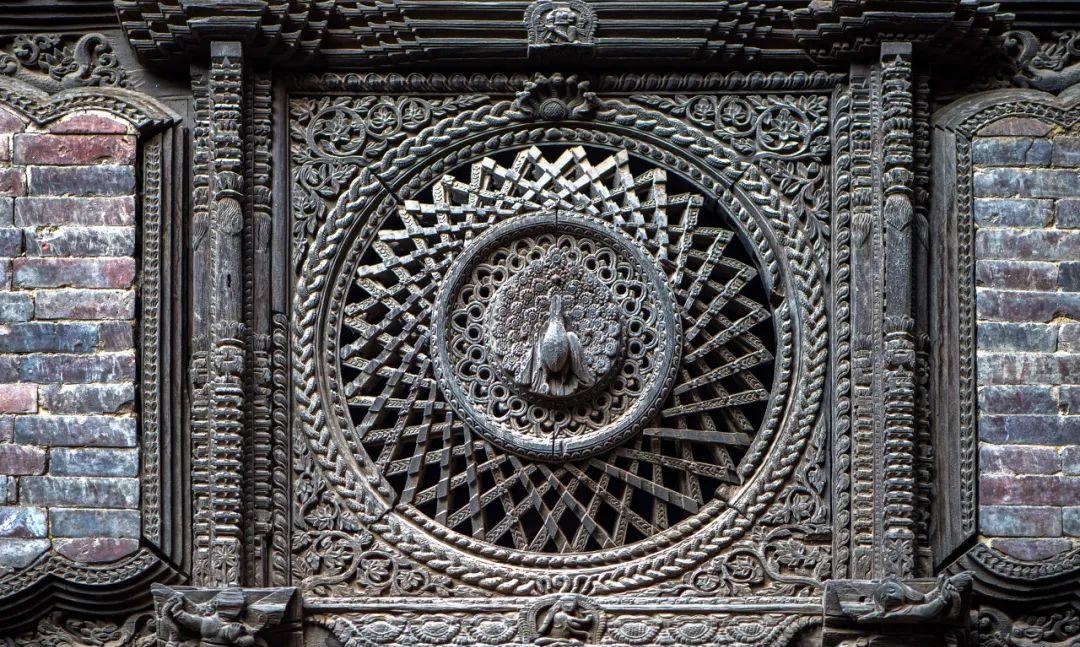
Kathmandu
As the capital of Nepal, Kathmandu is the wealthiest region of the country. Here, you’ll find a dense array of buildings; a massive army of tuk-tuks and motorcycles; and an extremely high population density that makes the atmosphere feel quite stifling.
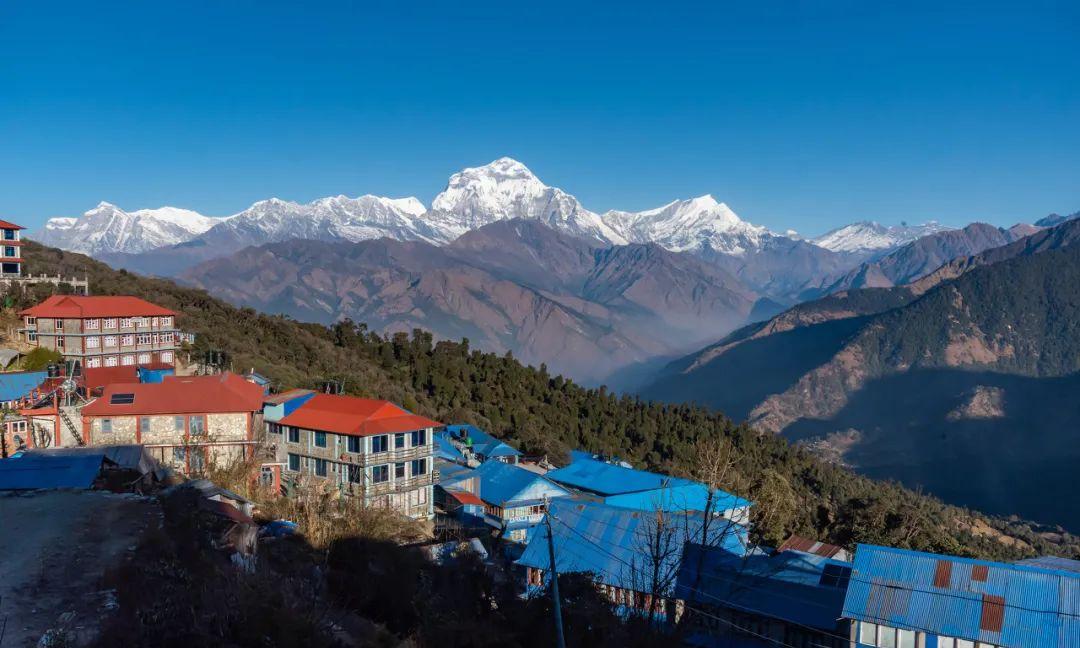
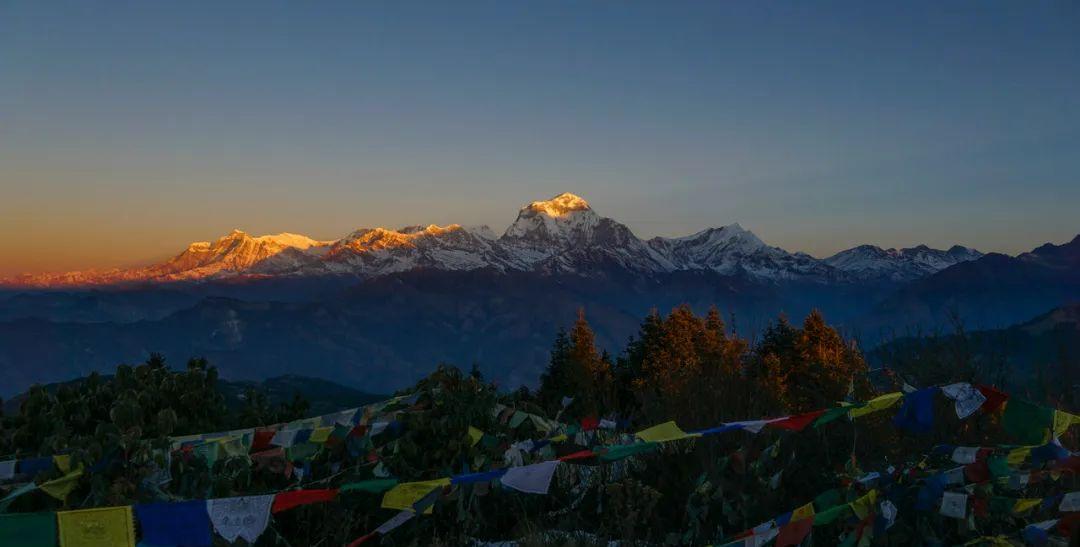
However, unlike the crowded streets, the people carry a sort of relaxed demeanor that is most enviable. Amongst the hustle and bustle, locals calmly offer garlands to the divine along the street or leisurely sip tea in the local “tea shops.”
Naturally, tourists flock to the city’s distinctive architectural clusters.
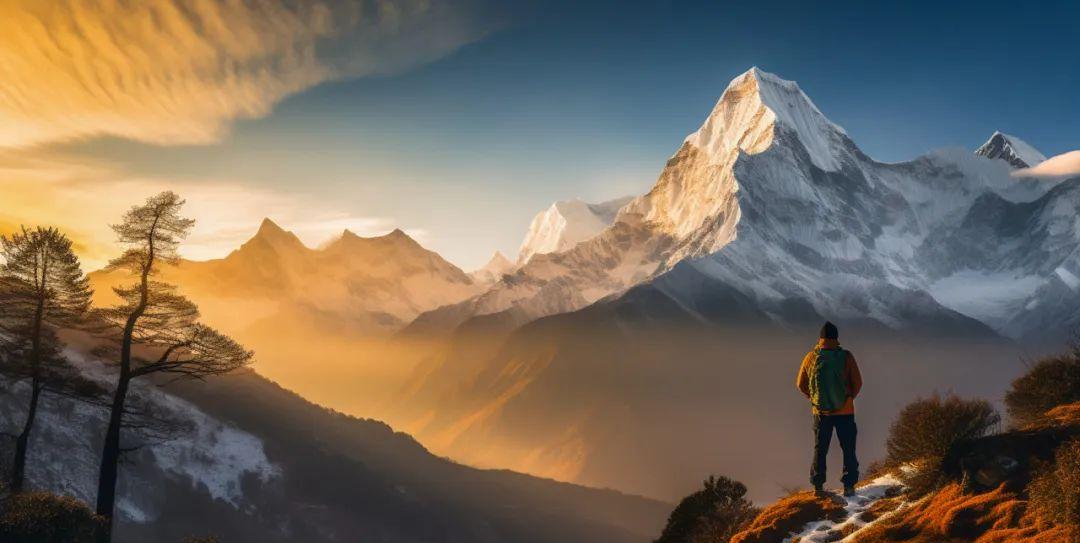
Durbar Square is the heart of Kathmandu’s old town; “Durbar” means “palace.” The traditional Nepalese architecture, primarily in shades of red, presents a vibrant and opulent appearance against the blue sky.
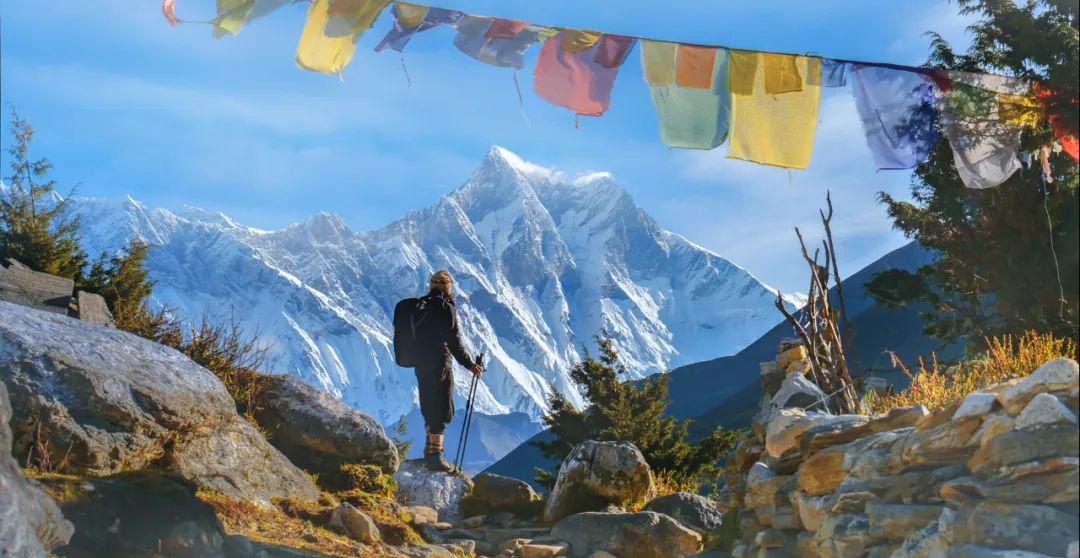
While here, you’ll undoubtedly notice the numerous fearless, swirling pigeons and ascetics who seem as if they have stepped straight out of the tales from “One Thousand and One Nights.” Many of them have intricate patterns painted on their faces, maintaining a certain “mysterious” posture, as if the universe’s secrets reside within their wise eyes.
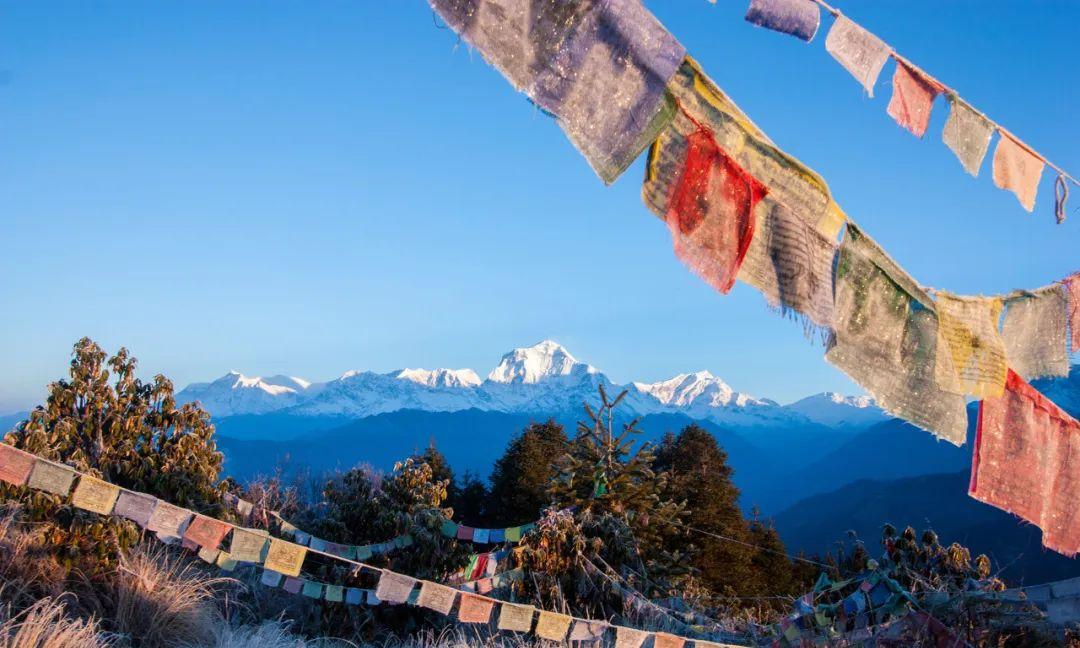
After exploring Durbar Square, there are two important religious buildings you must visit in Kathmandu.
Swayambhunath (Monkey Temple) is the center of Buddhism in Kathmandu. True to its name, a group of monkeys live freely here. Perhaps due to their close interactions with humans, these monkeys are neither afraid nor aggressive, embodying the epitome of “man-monkey friendship.”
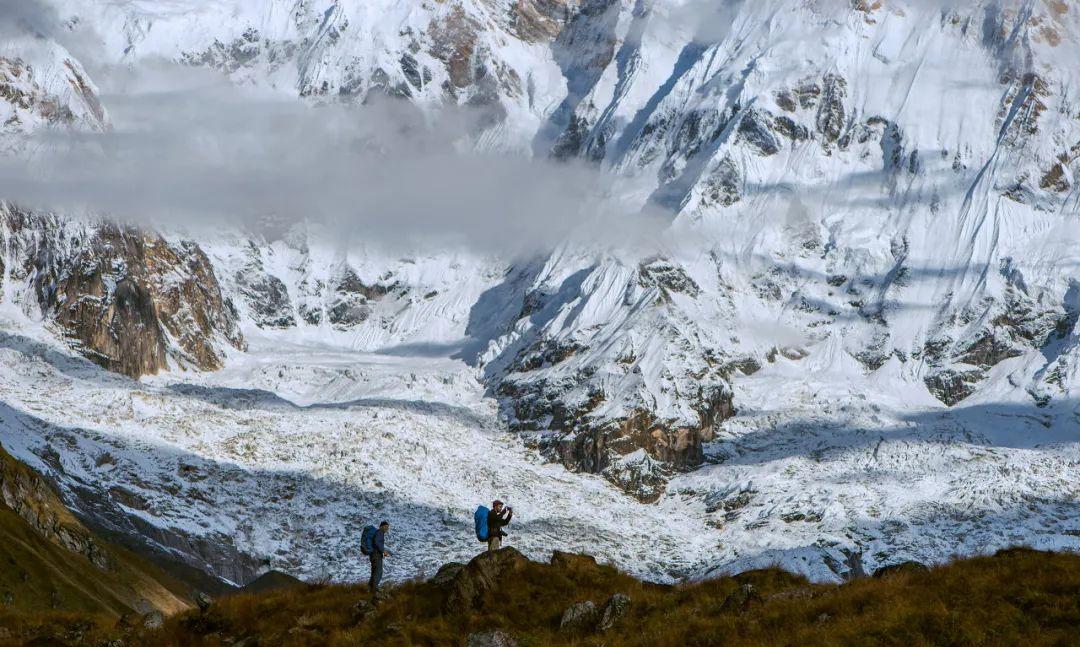
However, the main attraction of the monkey temple is not the monkeys, but the enormous stupa.
This is an iconic structure of Nepal, with the “Buddha eyes” at the top frequently appearing on Nepalese souvenirs. This stupa is over 2000 years old and is said to contain the relics of Shakyamuni Buddha, making it a sacred place for Buddhists.
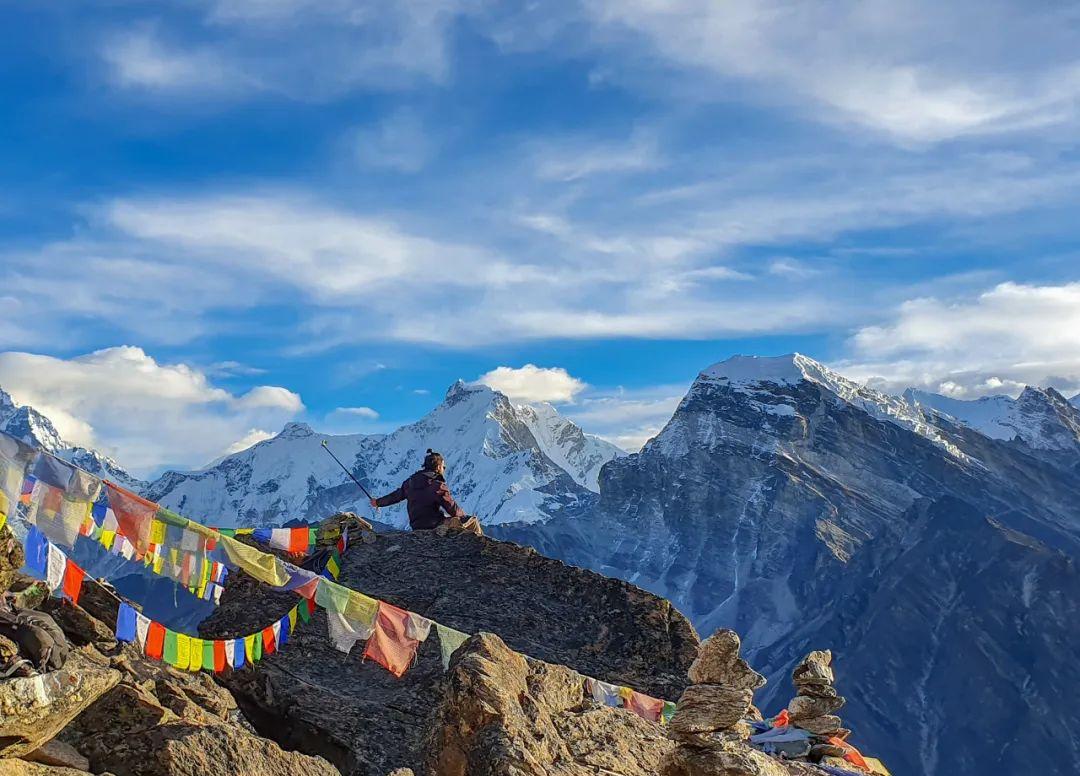
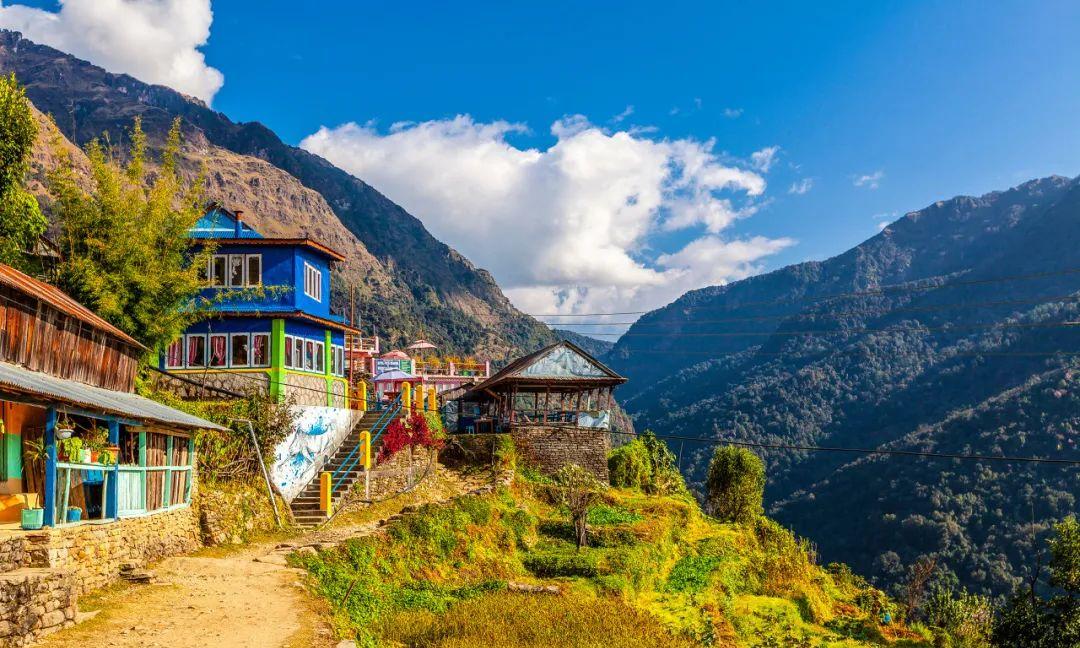
The Hindu holy site is Pashupatinath Temple, located by the Bagmati River, which is sacred to Hindus because it eventually merges with the Ganges. (Hindus believe that having one’s ashes scattered in the Ganges after death leads to salvation.)
Thus, Pashupatinath Temple has become the place for Hindus to cremate their bodies after death.
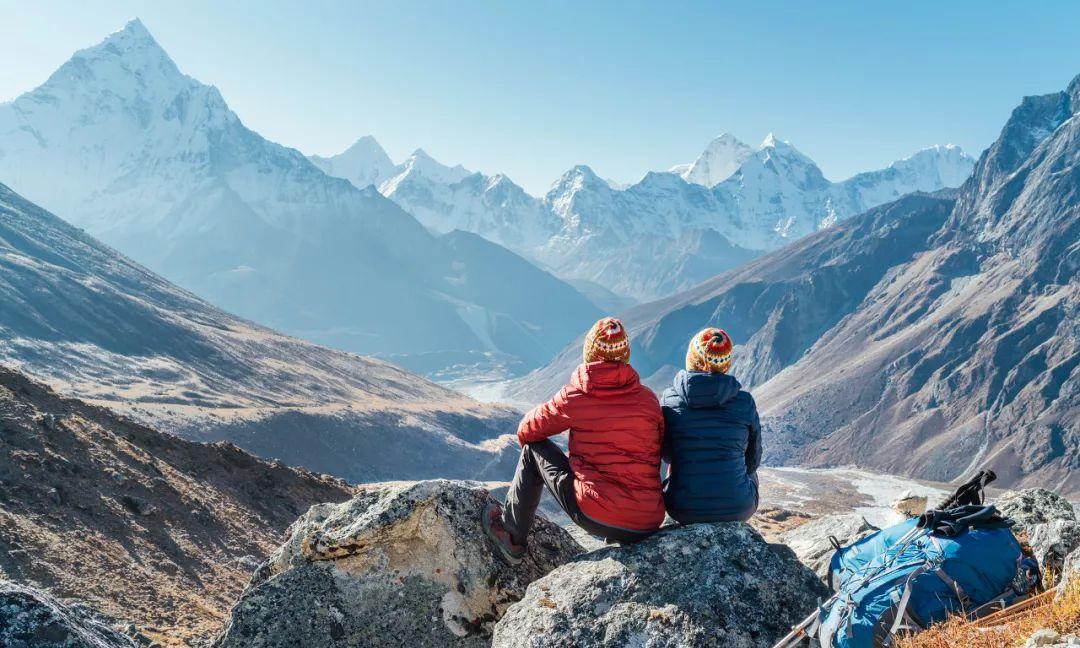
While non-Hindus are not allowed inside the temple, visitors can observe from across the river.
Many tourists capture the scene of bodies being cremated from the opposite bank, a striking sight that locals do not prevent from being photographed. However, it’s essential to remain respectful towards the deceased and their families during the viewing/shooting.
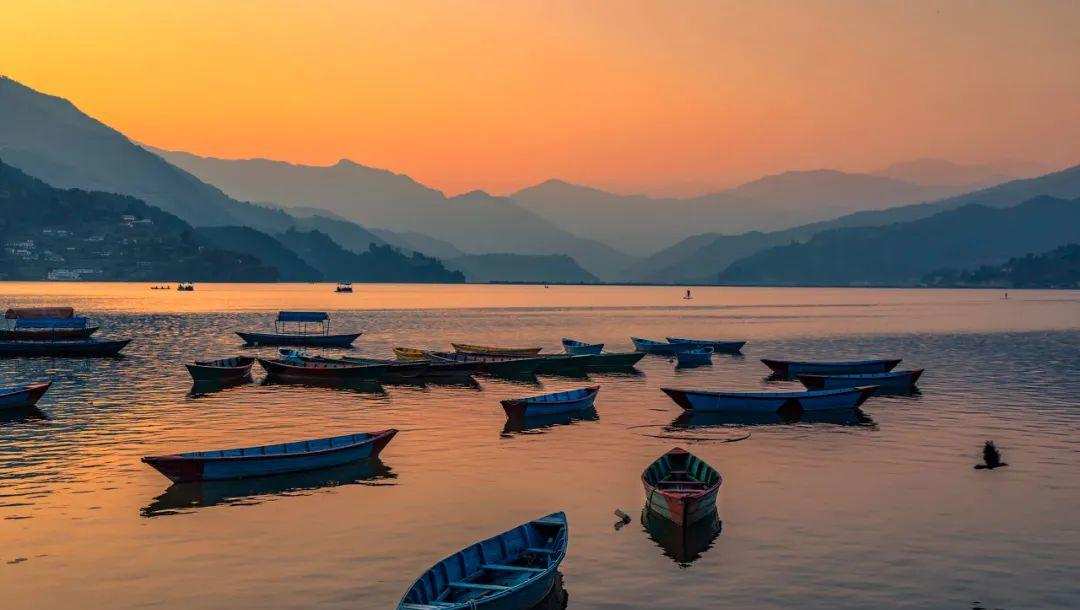
Patan
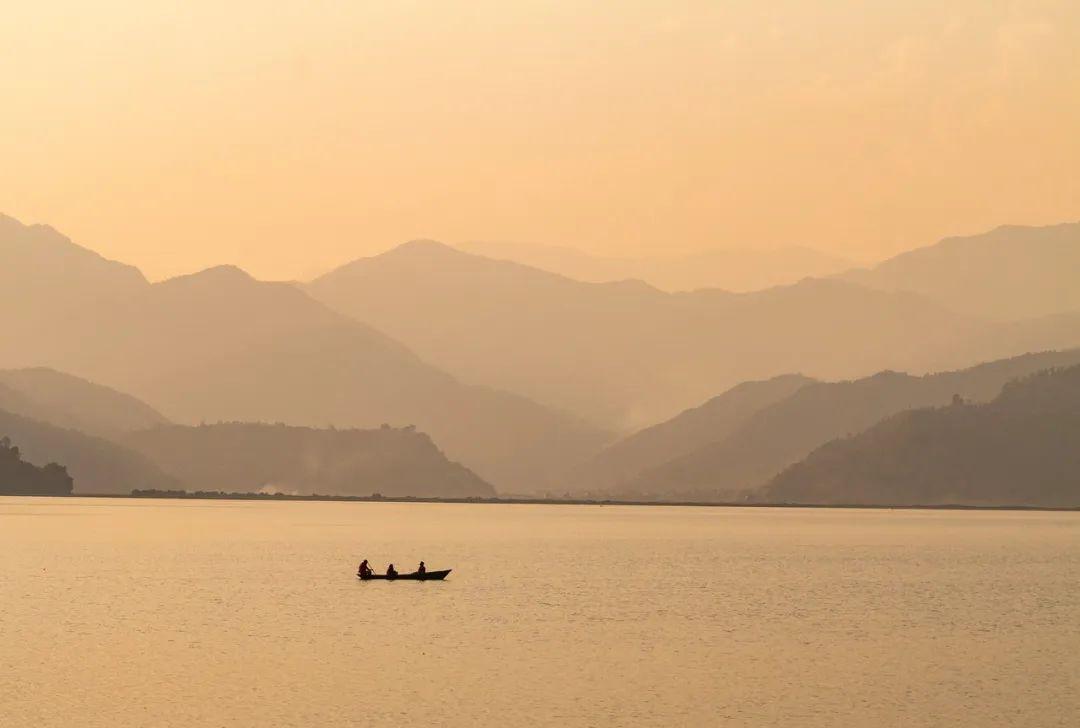
Patan is just across the river from Kathmandu. Even though it’s two cities, the distance is minimal. The trip from Kathmandu takes only about 20 minutes, making it perfect for a day trip.
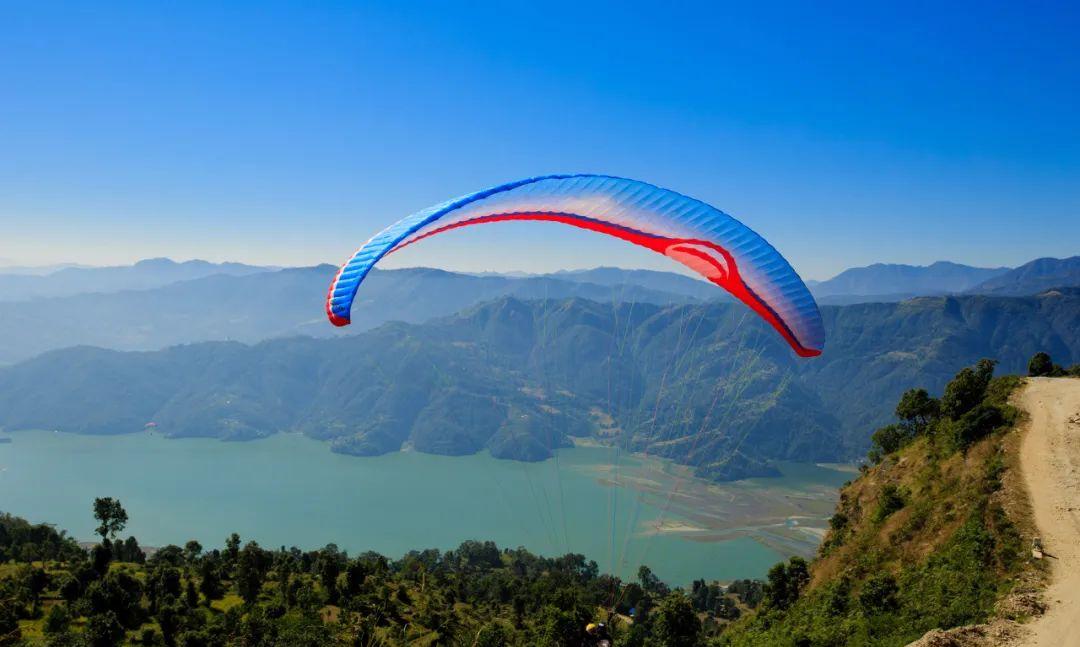
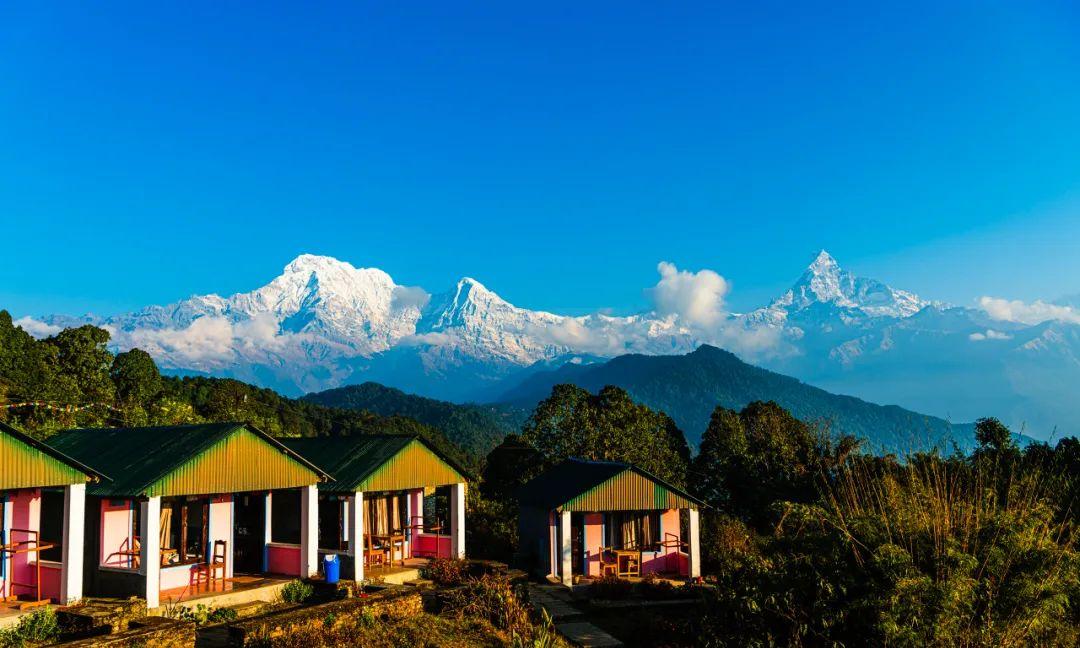
Patan is the oldest city in Nepal and has an even denser collection of ancient architecture compared to Kathmandu. The city center also features a “Durbar Square,” making a city walk around the square the best way to engage with Patan.
There are several significant temples in Patan worth visiting, including the Vishwanath Temple, which houses a Shiva linga surrounded by sacred bulls as its mounts; the Krishna Mandir, which showcases a distinctly Indian style, depicting scenes from the Mahabharata and Ramayana;
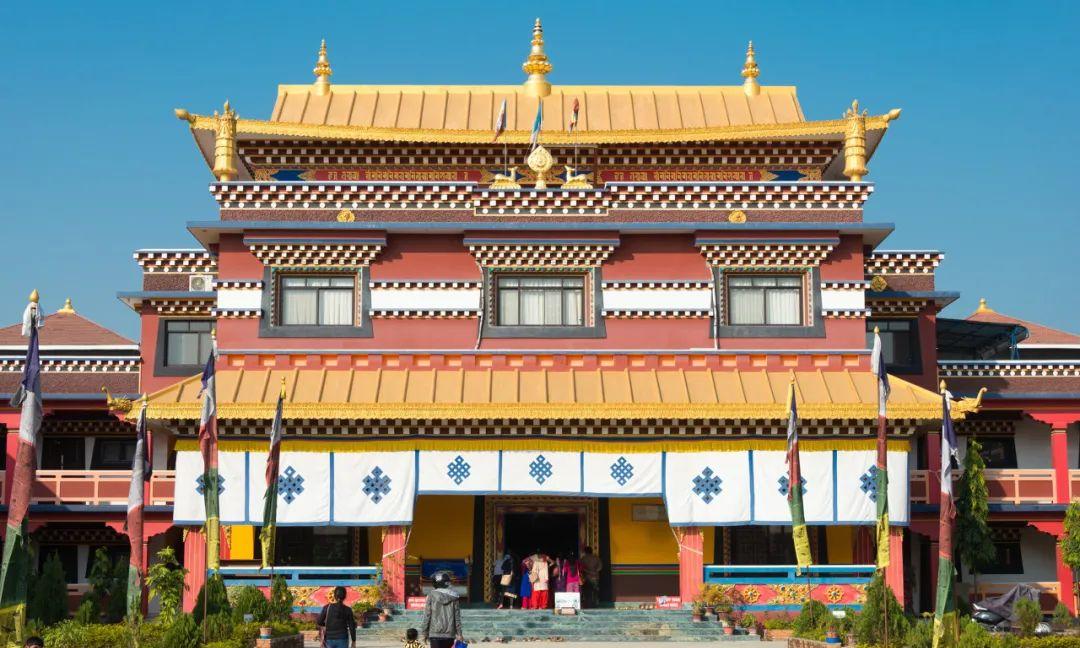
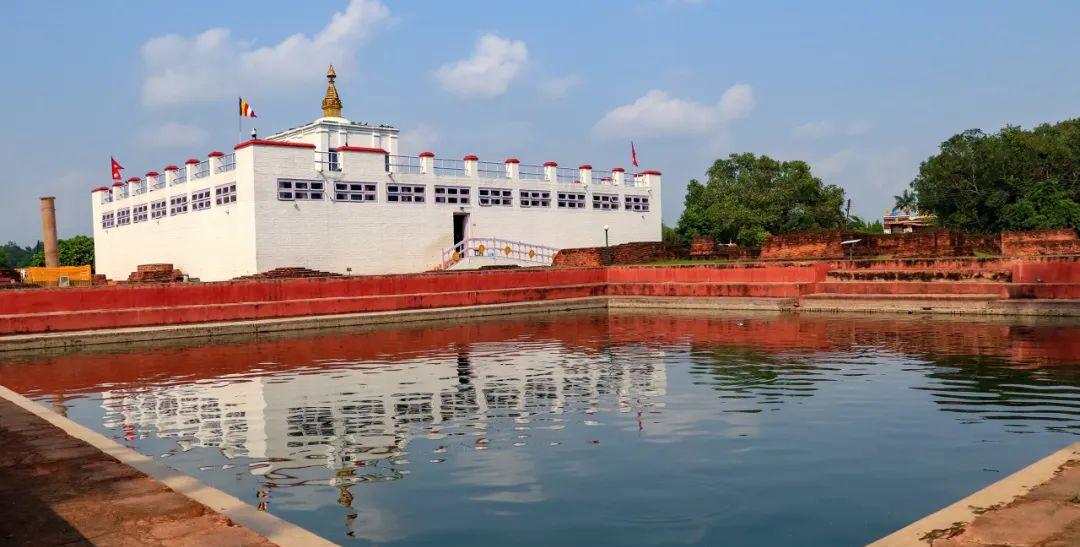
The Jagannarayan Temple is the oldest temple in the square, while Kwa Bhahal, also known as the Golden Temple, boasts a façade adorned in pure copper and gold, and is a Buddhist monastery decorated with Tibetan-style murals.
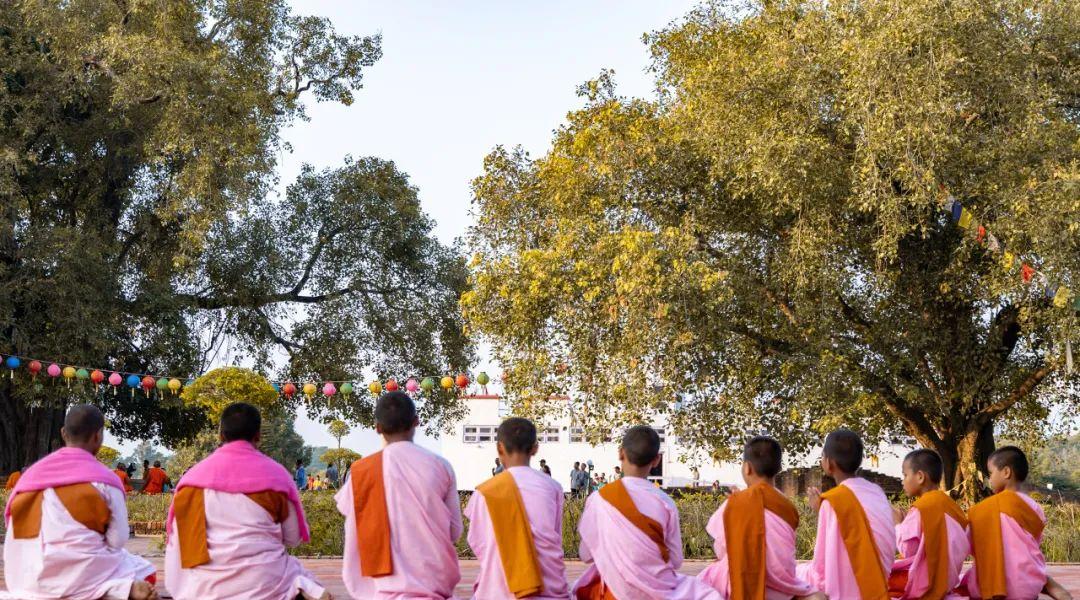
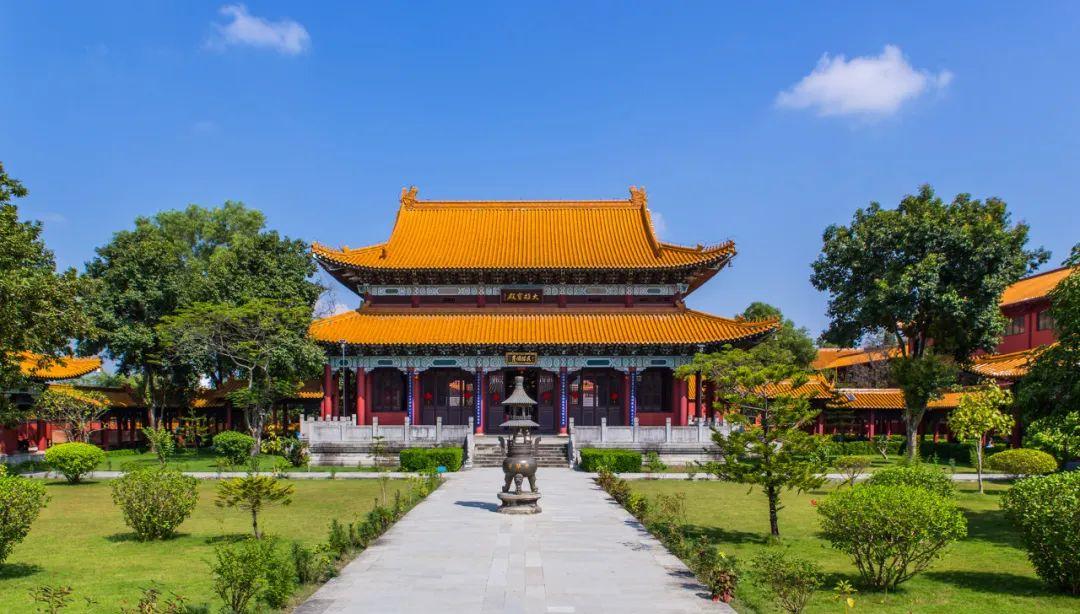
In addition to the temples, there is Patan Palace, built in the 17th-18th centuries. Part of the palace has been converted into the Patan Museum, whose exhibits mainly feature statues of Hindu and Buddhist deities. The building itself is an art piece worthy of lingering over.
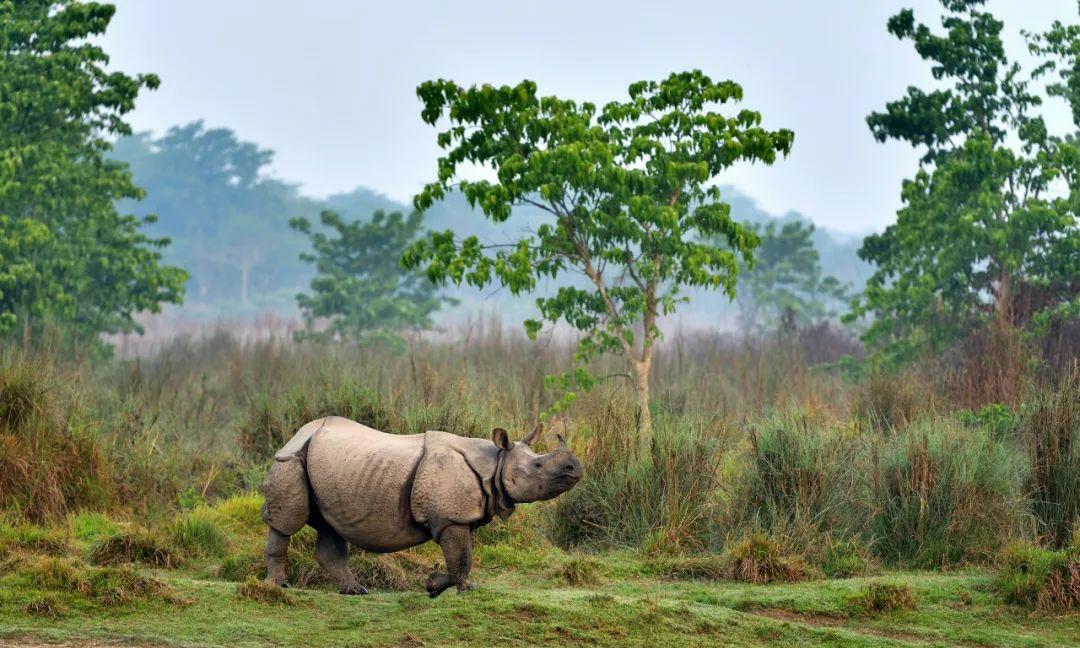
If you’re not particularly interested in distinguishing different deities, I suggest enjoying Nepalese architecture as art without being overwhelmed by Hinduism and Buddhism’s plethora of deities. The carvings and construction itself have immense artistic merit, making for a delightful experience.
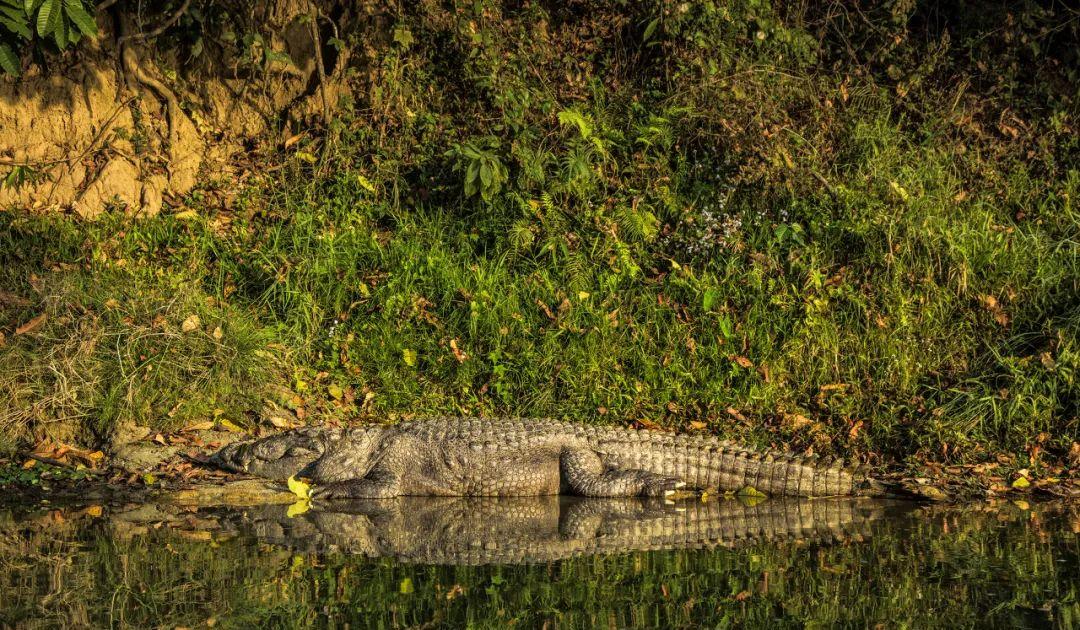
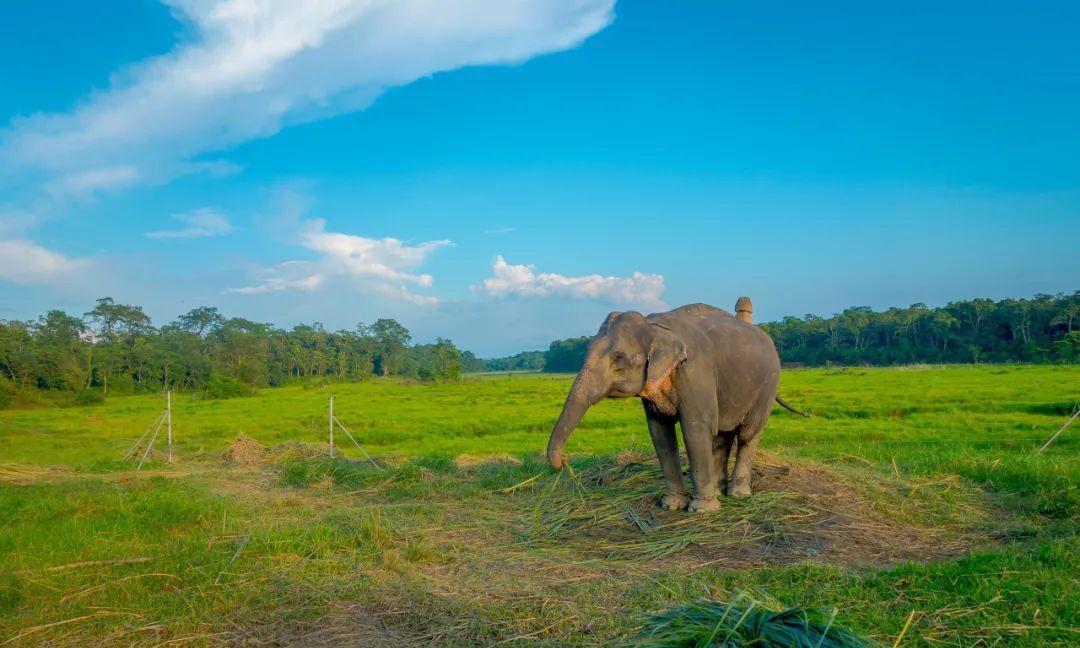
Bhaktapur
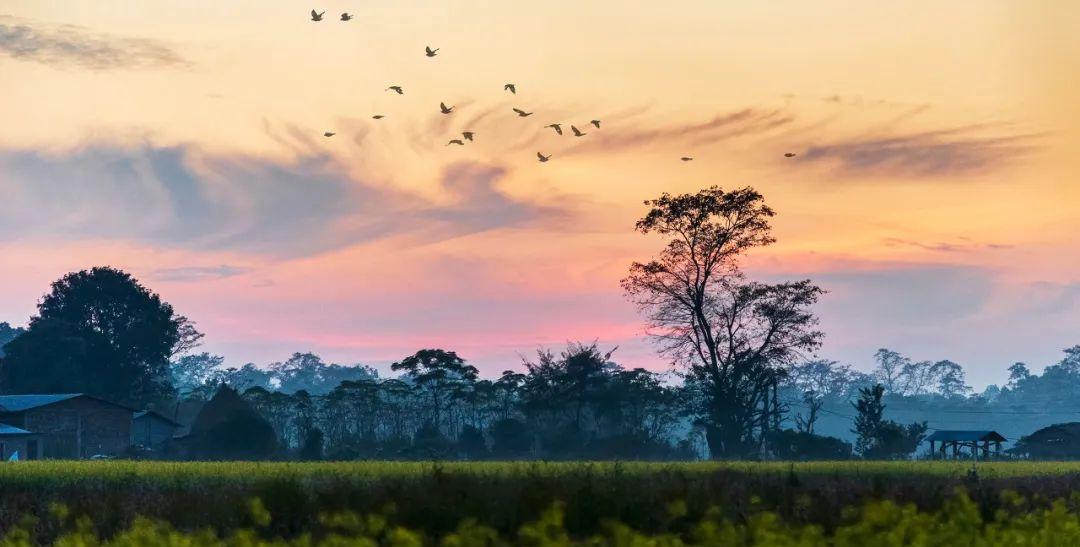
Bhaktapur is the third-largest city in the Kathmandu Valley, and it experiences a much smaller flow of people and traffic pressure, making it the most pleasant of the three ancient cities.
Visiting Bhaktapur can be navigated through several squares. The palace near Durbar Square has been transformed into a national art gallery, exhibiting works like butter sculptures and Buddhist paintings. Near Taumadhi Square is the famous Nyatapola Temple, a five-story pagoda known for its beautiful Nepalese architecture, and nearby is a restaurant with a terrace offering a panoramic view of the entire square.
Old Town Square near Tachupakha boasts a beautiful peacock window, the building housing a wood sculpture museum displaying exquisite woodwork from Bhaktapur. Nearby, there’s a brass and bronze museum available for touring.
Nagarkot
In addition to the culturally rich ancient cities, Nagarkot near Kathmandu offers great views of the mountains.
Because of Nepal’s unique geographic location, you can enjoy views of various snowy peaks towering above 7,000 to 8,000 meters from the Kathmandu Valley.
Nagarkot is famous for witnessing the sunrise over the Himalayas. It has numerous hotels that are comfortable and suitable for a short stay, where you can leisurely enjoy the sunrise before returning to Kathmandu.
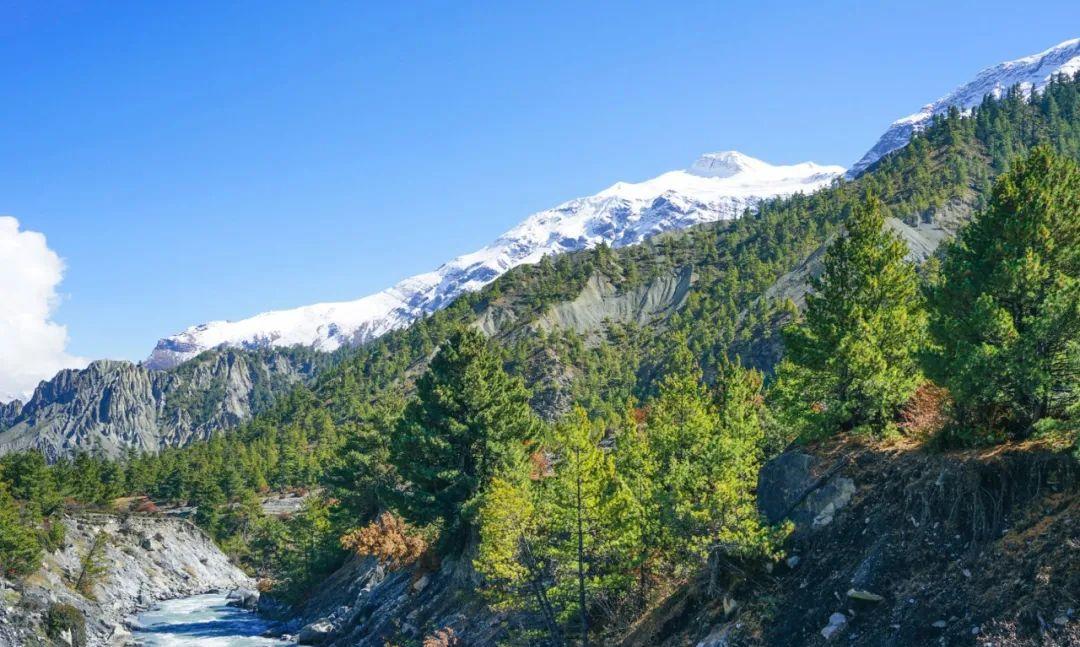
The Snowy Mountain Country
The best way to view the snowy mountains in Nepal is through trekking.
Nepal offers two very famous trekking routes: the Annapurna Circuit, known for its Fishtail peak with reliable supporting services suitable for beginner trekkers; and the Everest Base Camp route on the eastern side, which poses certain challenges but remains a “pilgrimage site” for trekking enthusiasts.
Annapurna Circuit
The Annapurna Circuit is one of Nepal’s most popular trekking routes, starting in Pokhara. There are three well-established paths available ranging from beginner to advanced difficulty.
The Poon Hill trek is the shortest route, taking only four days and presenting the lowest difficulty.
The highlight of this trek is the ability to view the Annapurna range from Poon Hill; when the weather is clear, you can watch the golden sunrise reflect on the mountains in the morning. With good health, anyone can complete this trek.
The Annapurna Base Camp (ABC) trek is somewhat more challenging.
The highest point of this route leads to Annapurna Base Camp, where you can see the Annapurna peaks up close, feeling enveloped by the snowy mountains.
However, this route passes camps above 4,000 meters, which may result in altitude sickness, hence it requires careful consideration.
The Annapurna Circuit (ACT) takes over 20 days to complete, where trekkers can experience scenery transitions from tropical rainforests to high mountain passes above 5,000 meters, along with the diverse mountain cultures from Hinduism to Tibetan Buddhism.
However, this route requires a high level of fitness and time commitment, categorized as a deep-experience route.
Both Poon Hill and ABC trekking routes are excellent selections for hiking experiences. There are restaurants/inns available roughly every three-hour hike, meaning there’s no need for heavy trekking on this route. If you’re not in a rush, leisurely hiking for half a day, resting for another half day while enjoying coffee and viewing the mountains is a delightful plan.
Everest Base Camp (EBC)
If the Annapurna Circuit is an introductory trek, the Everest Base Camp trek is the “holy land” for outdoor enthusiasts.
The EBC trek requires 12-17 days to complete, with a majority of the route above 4,000 meters, requiring a good level of preparation. In addition to trekking, many people combine beginner snow climbing with trekking around the Everest south slope, encountering numerous snow-clad peaks around the 6,000-meter mark.
Leisurely Destinations
Besides hardcore trekking, Nepal also has many places suitable for a relaxing vacation that are worth exploring.
Pokhara
In contrast to Kathmandu, Pokhara feels quite un-Nepal-like. Here, there are neither the crowds of Kathmandu nor distracting religious edifices. With snow-covered peaks, serene lakes, and tidy streets filled with cuisines from around the world, it’s almost designed for vacationing.
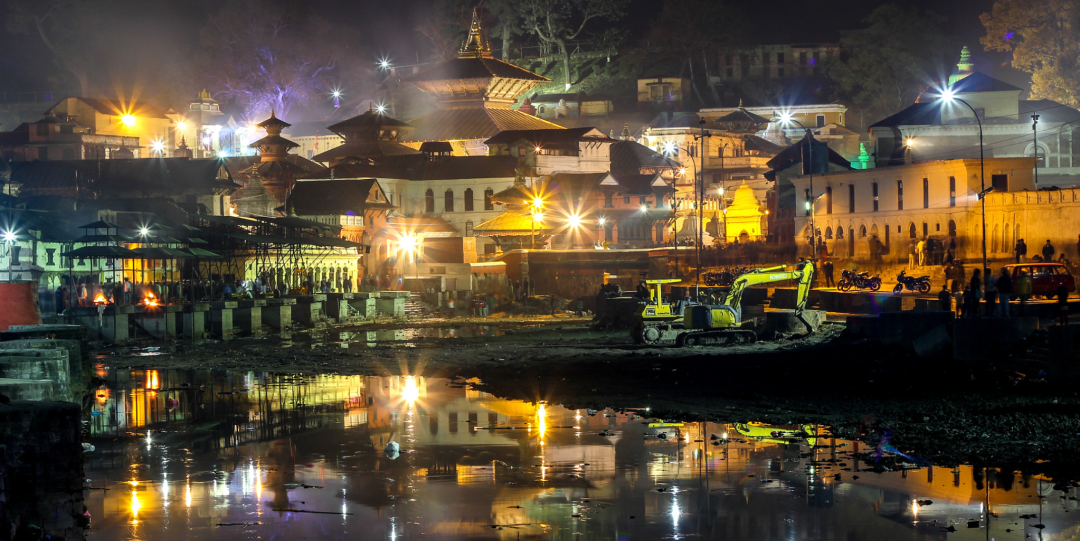
Boating on Fewa Lake while gazing at the Fishtail Peak is a classic activity in Pokhara. For those seeking adventure, paragliding is available here, allowing you to glide down from the mountaintop and view the snow-capped mountains and lakes from the sky, a breathtaking experience.
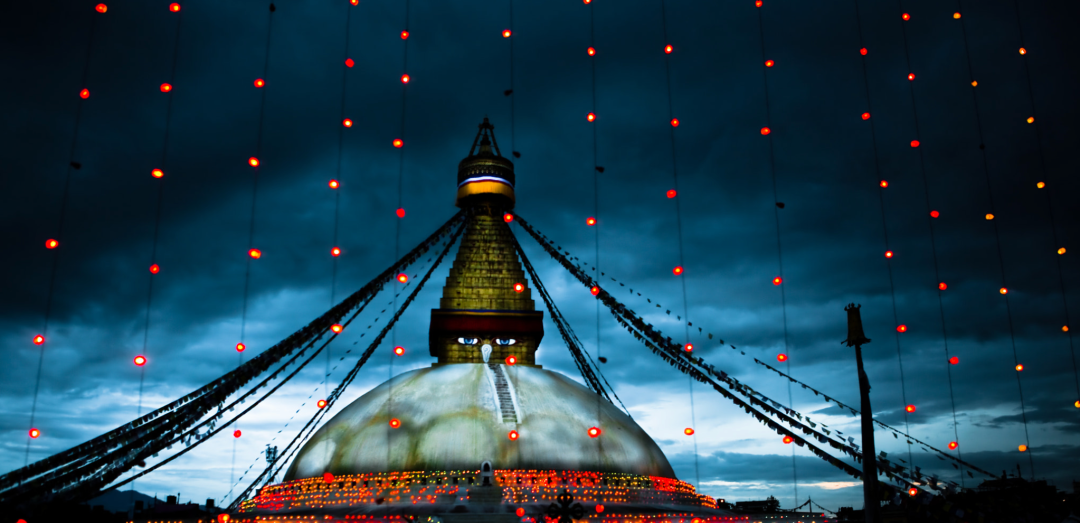
If you love outdoor sports, Pokhara is also the starting point for the Annapurna Circuit trek, which has already been mentioned.

Lumbini
Head south from Pokhara, and you will find Lumbini, the sacred land of Buddhism in Nepal.
Listed as a UNESCO World Heritage site, it is reputedly the birthplace of the Buddha and presents a stark contrast to the chaos of the capital.


